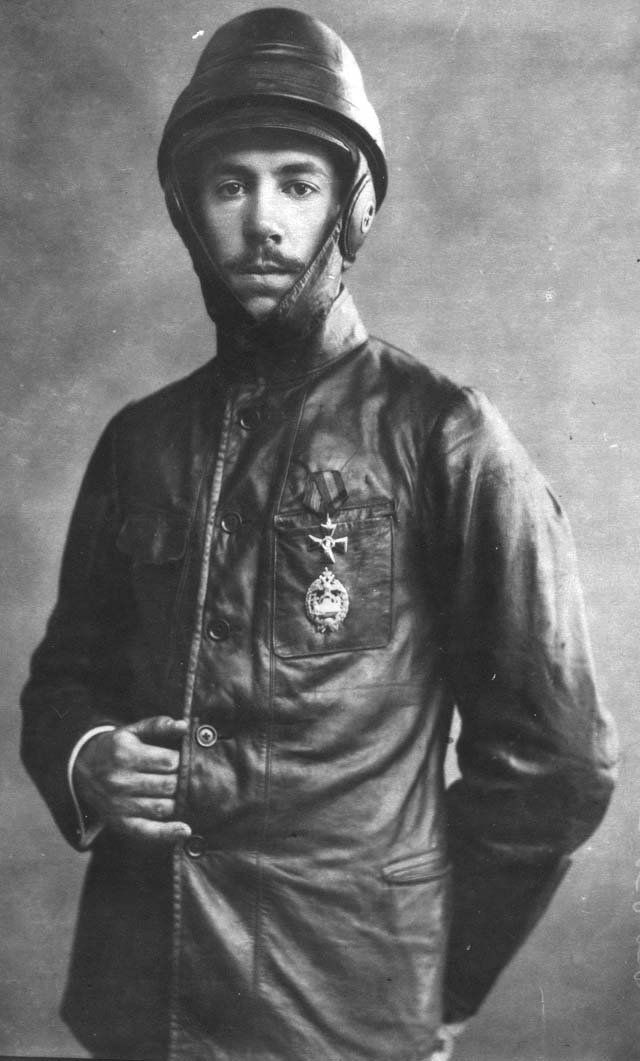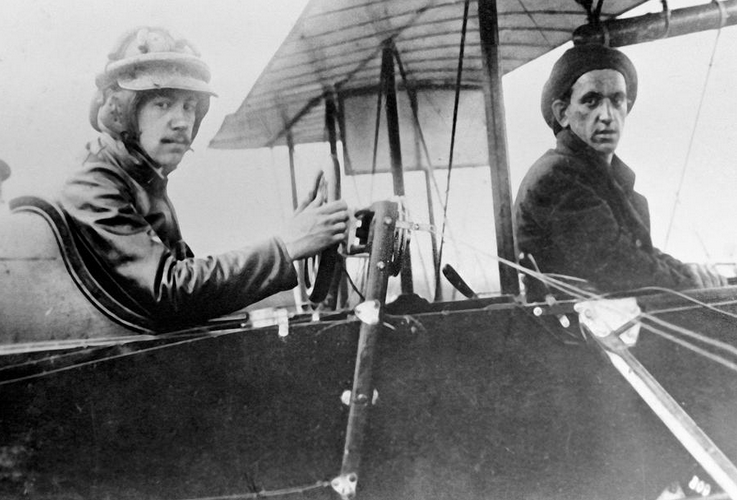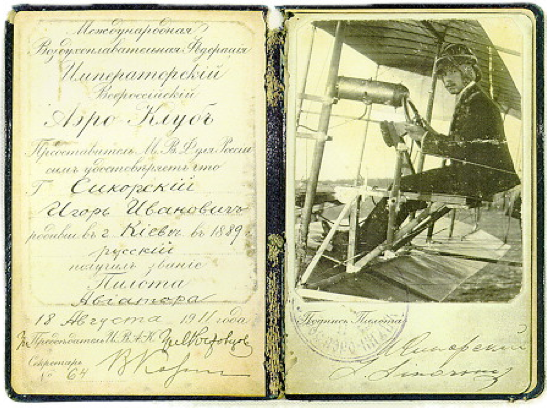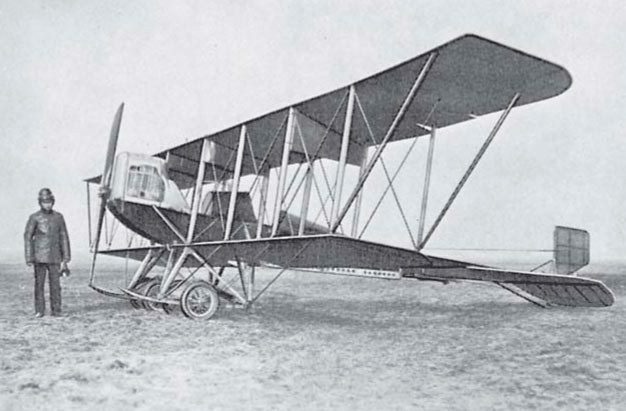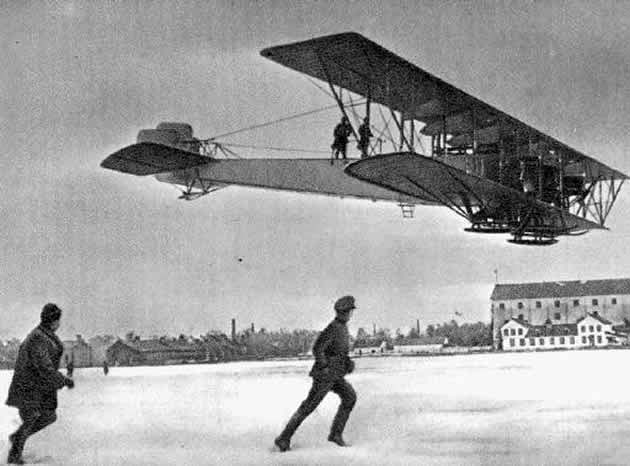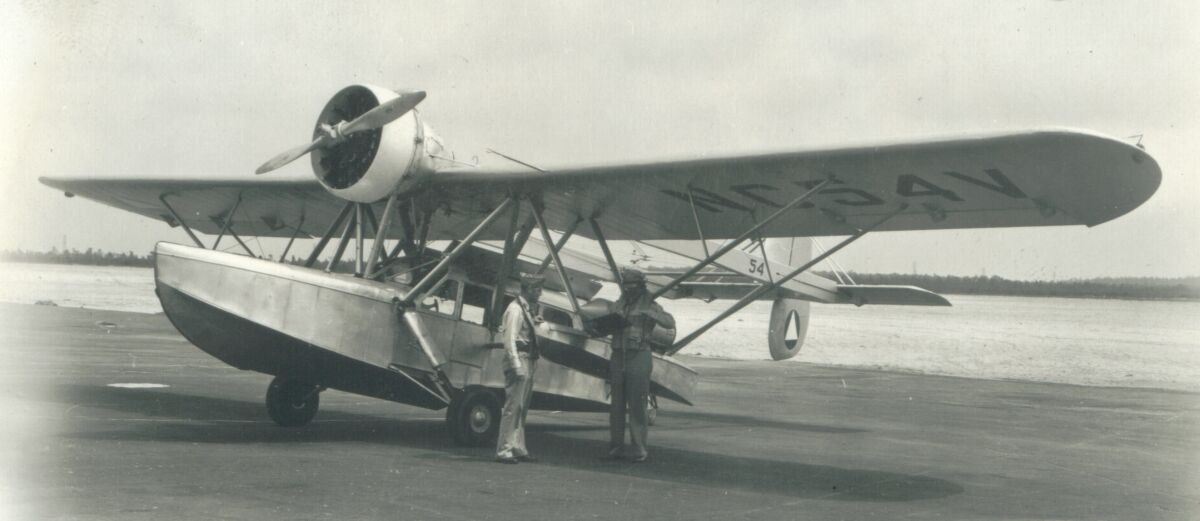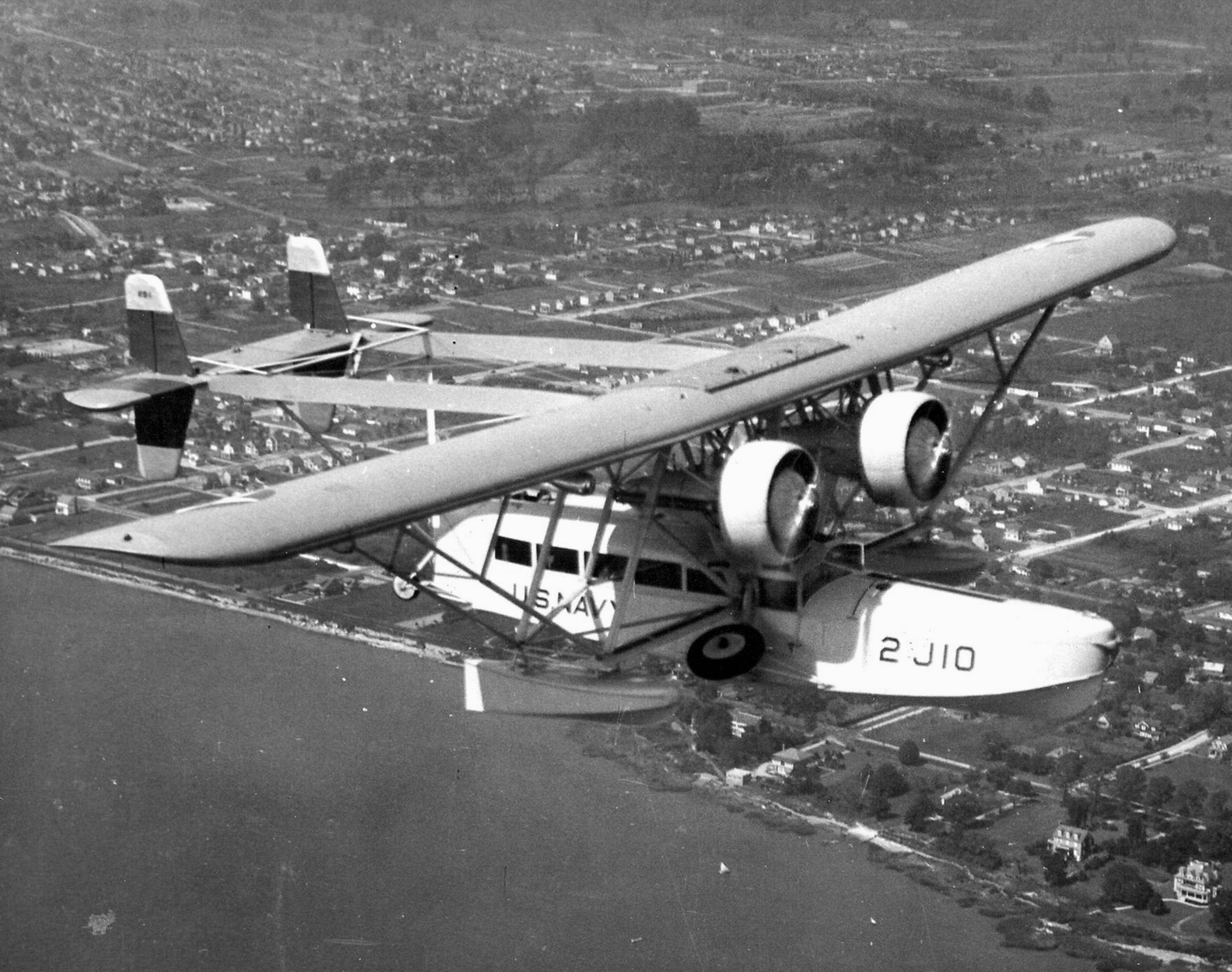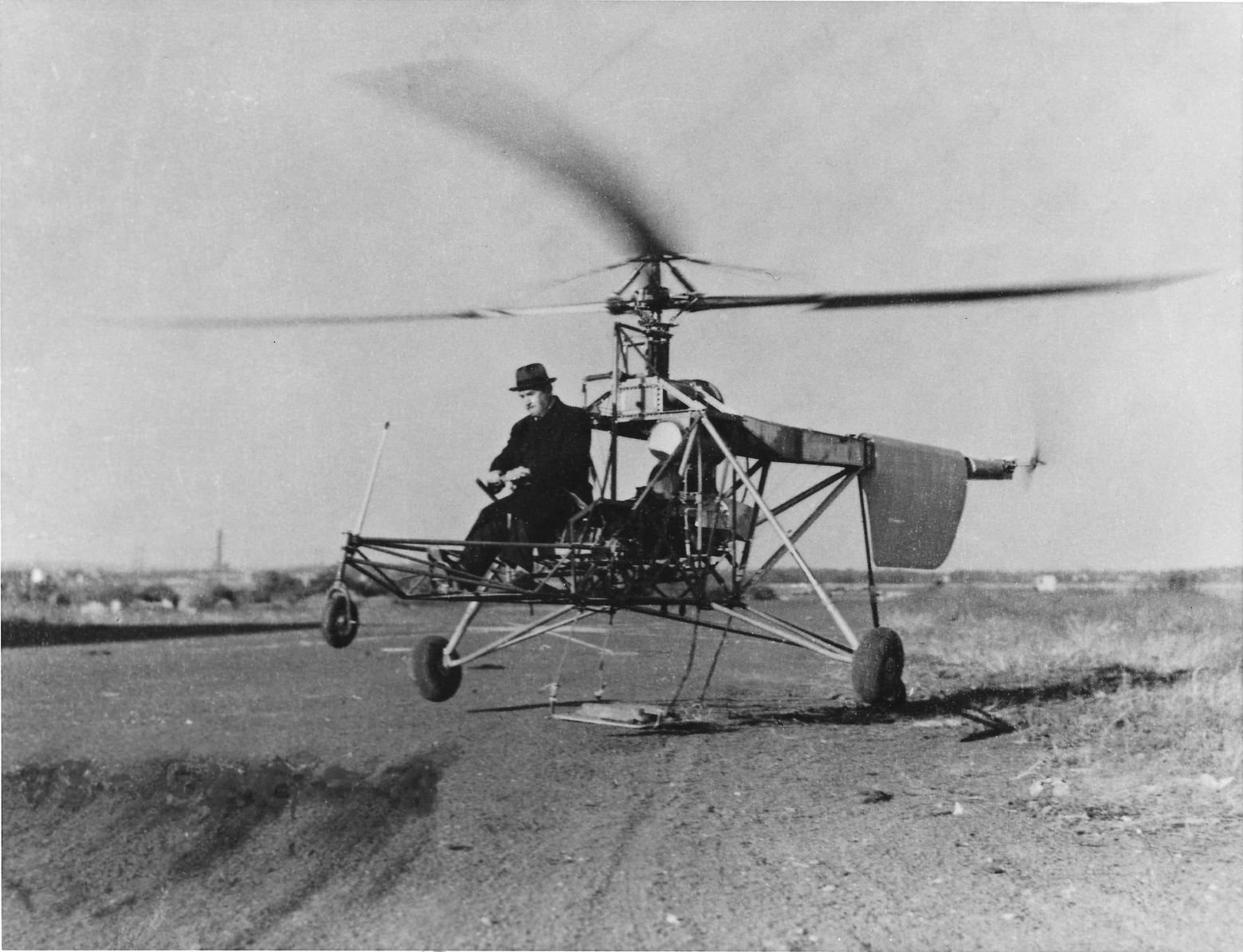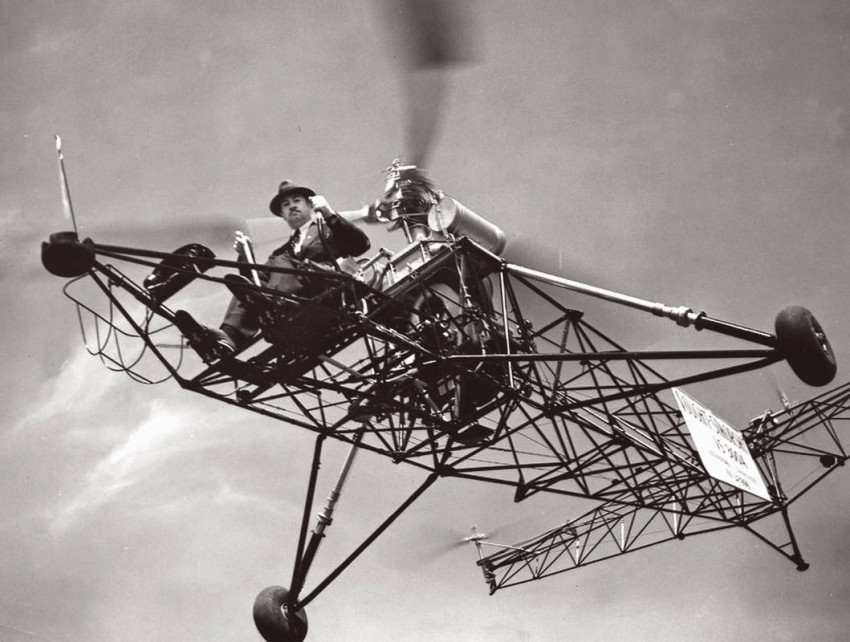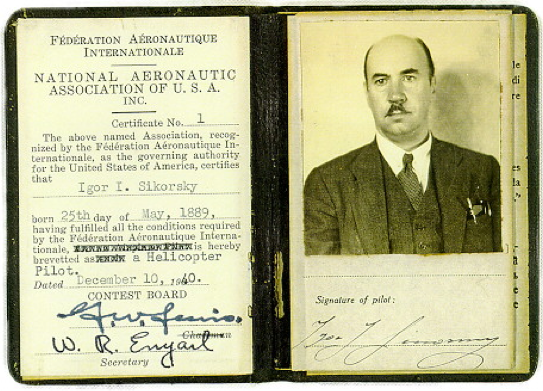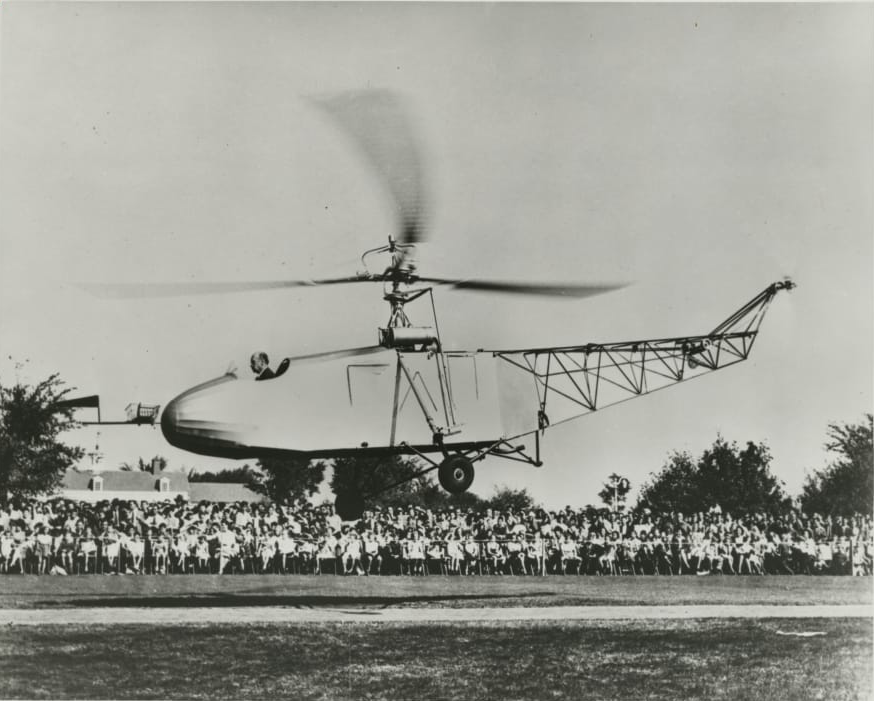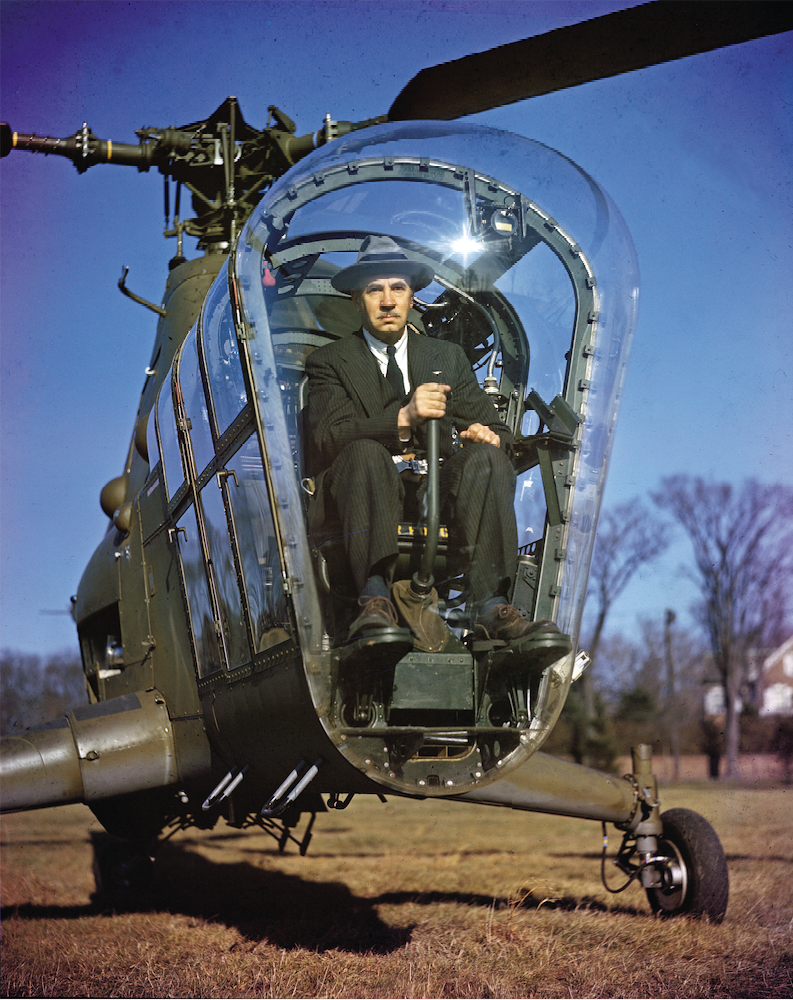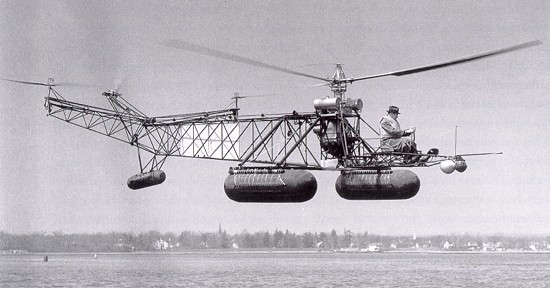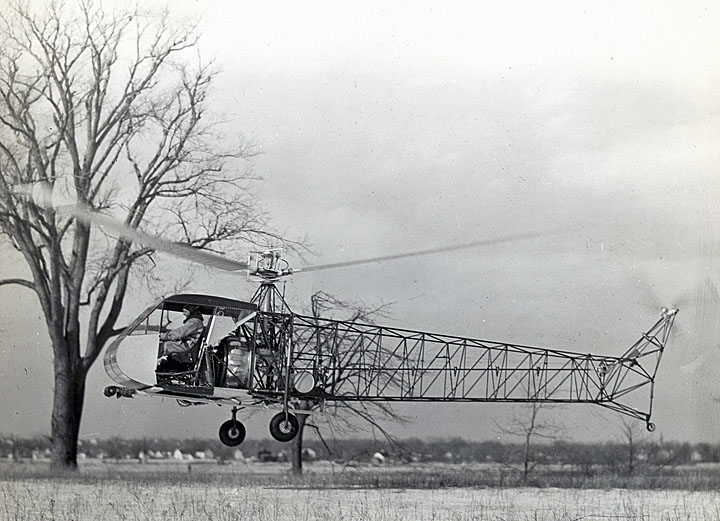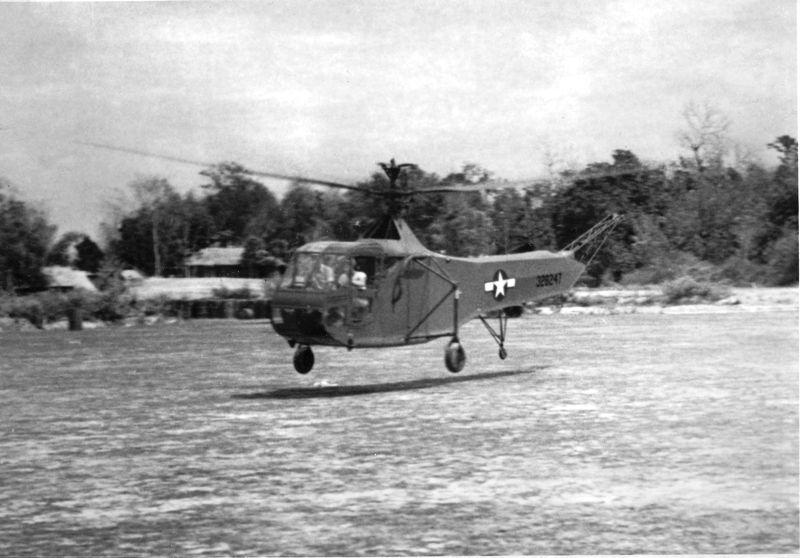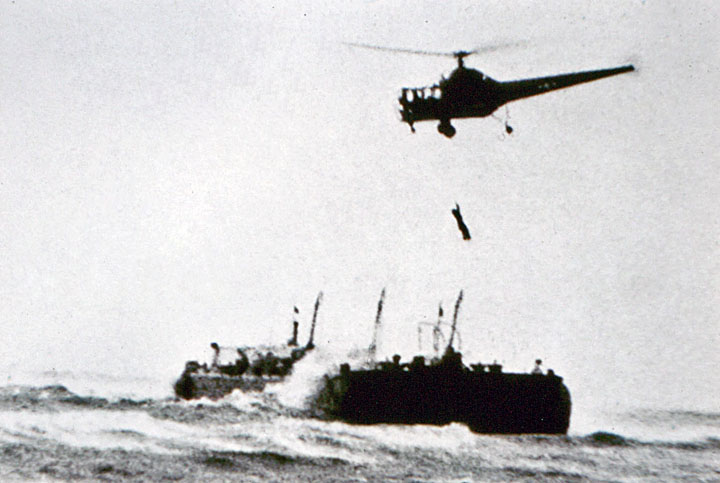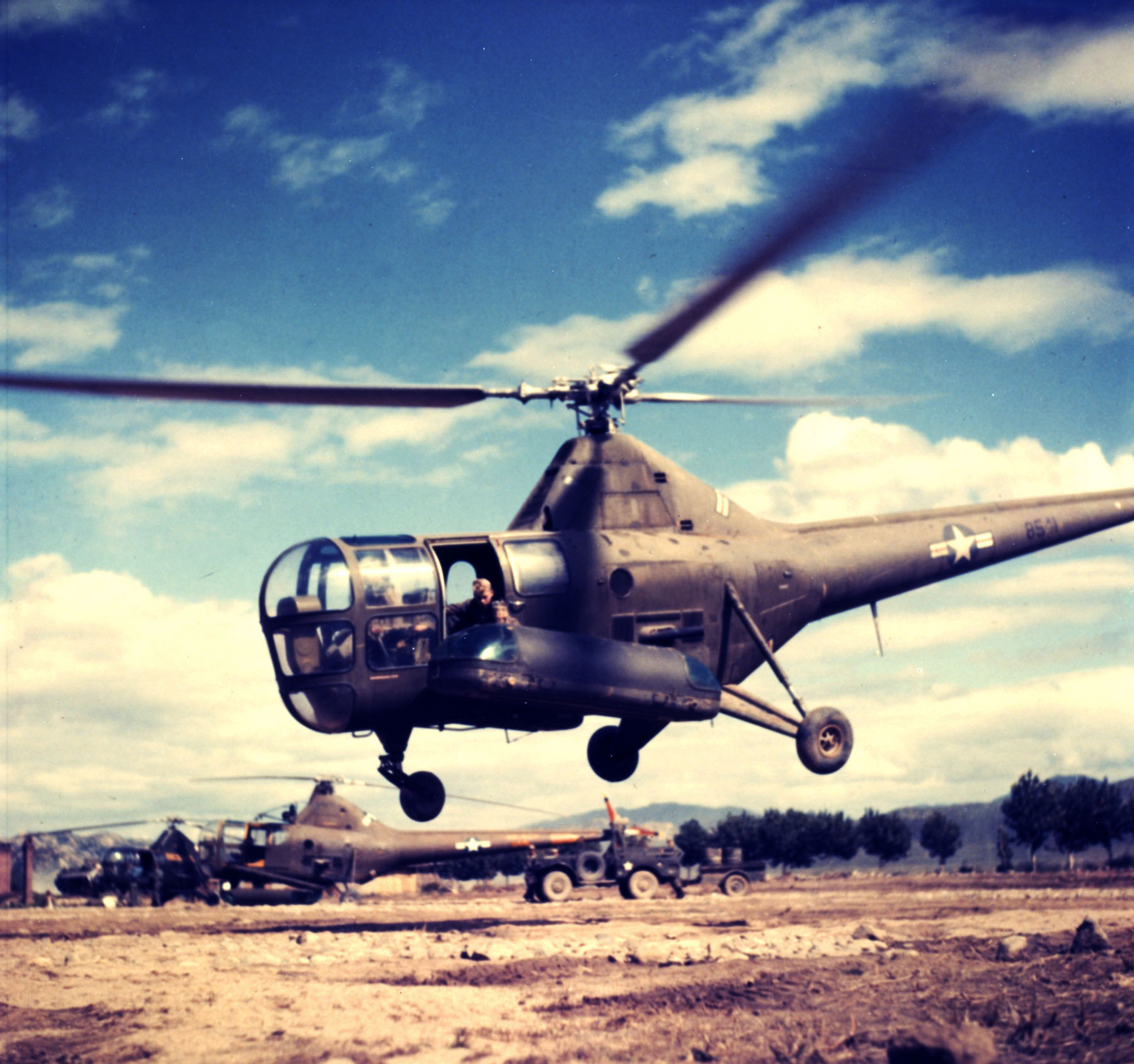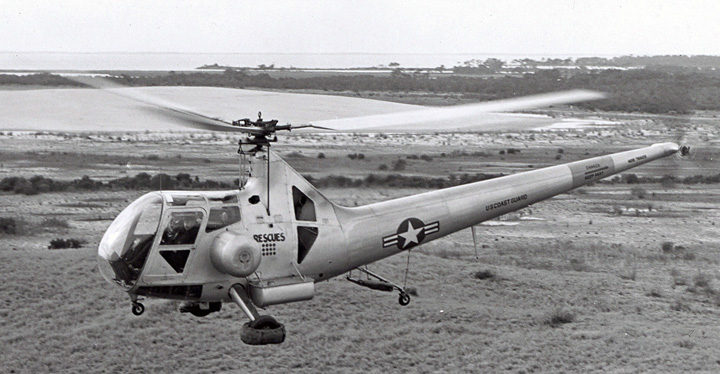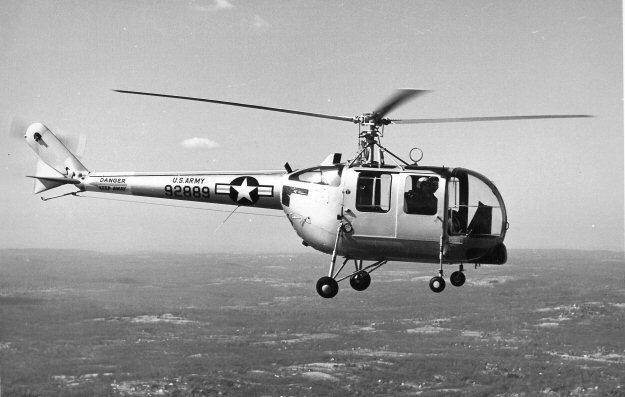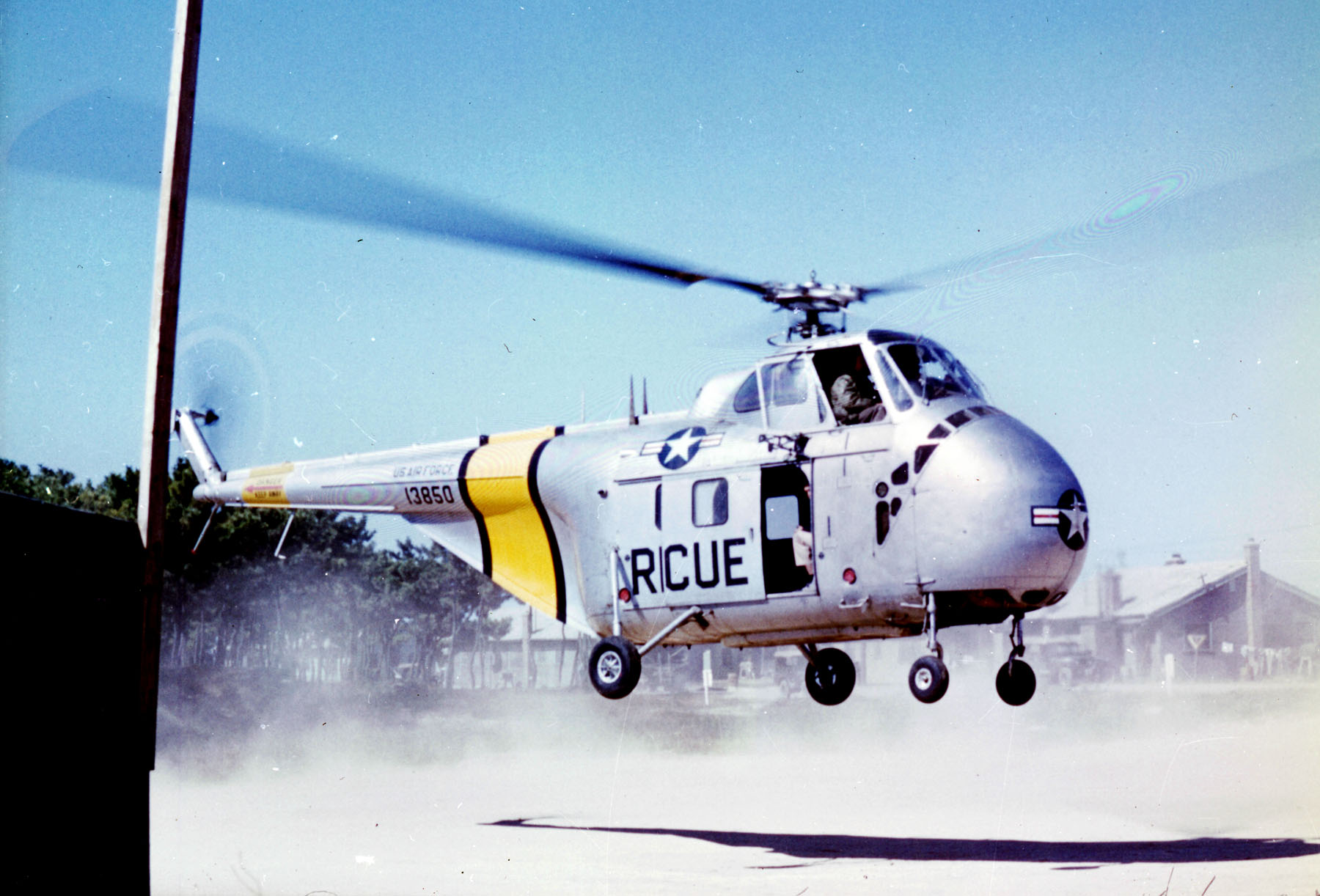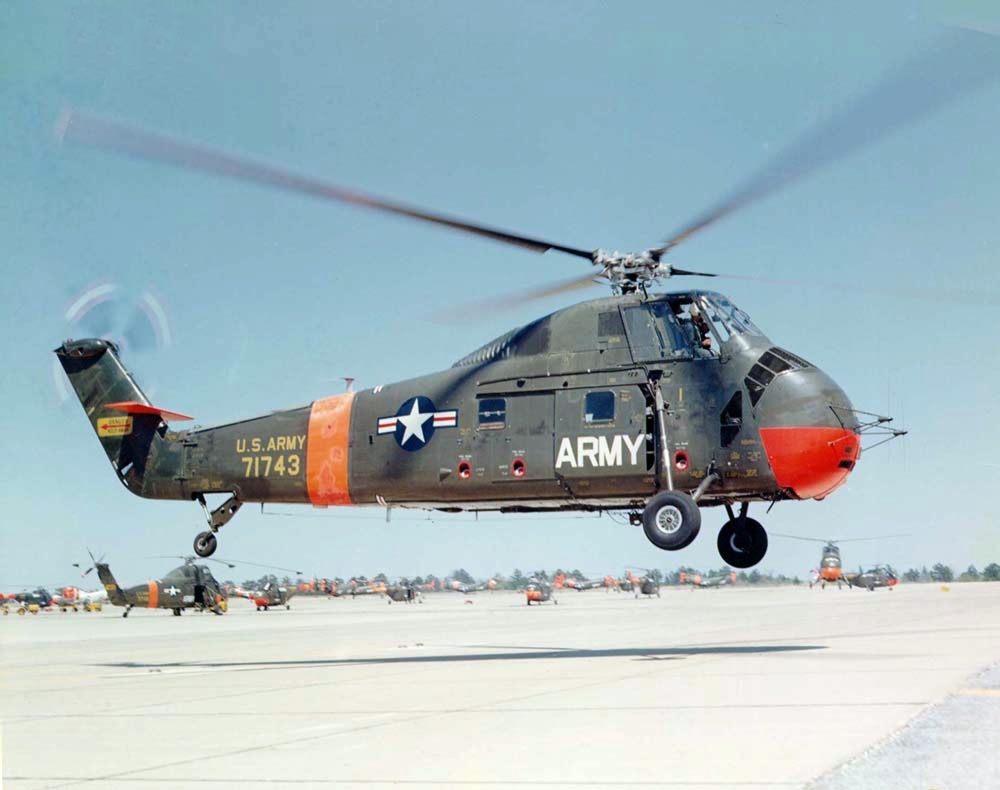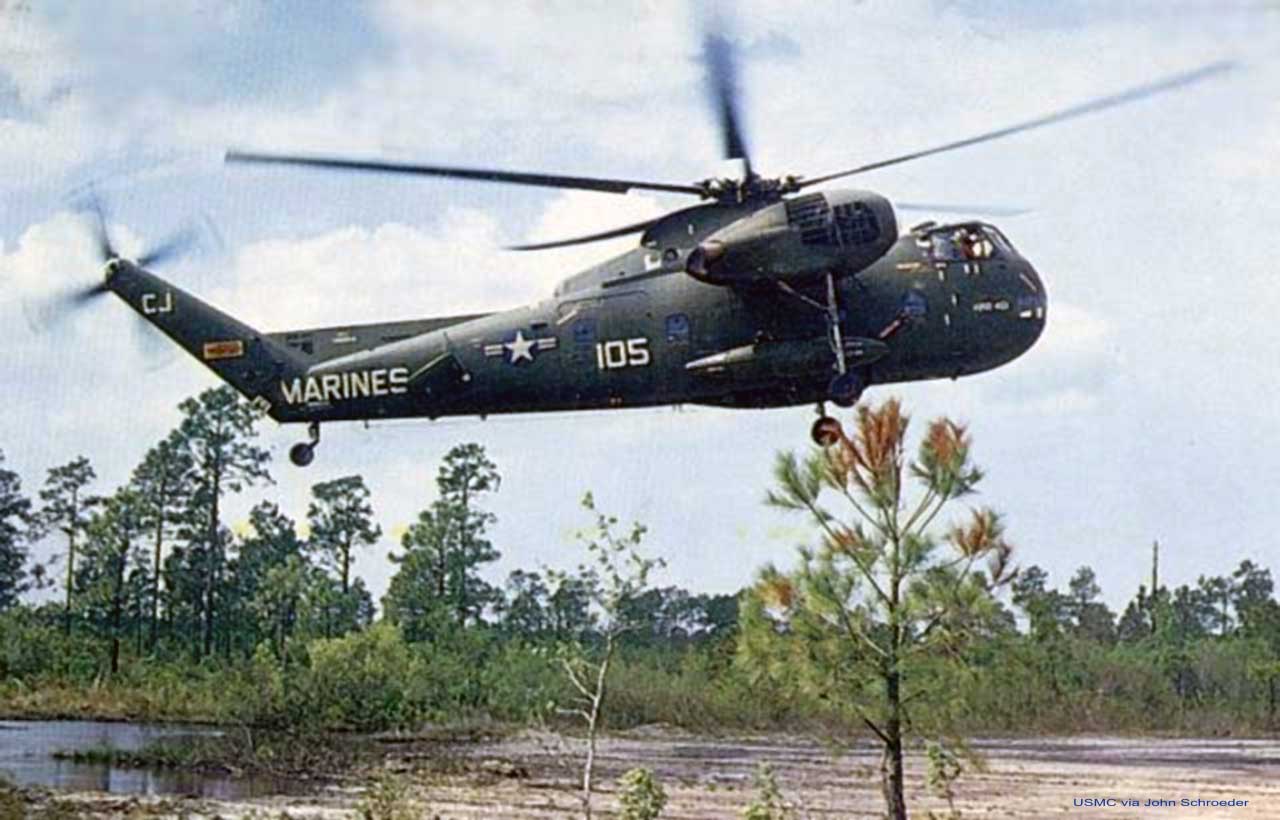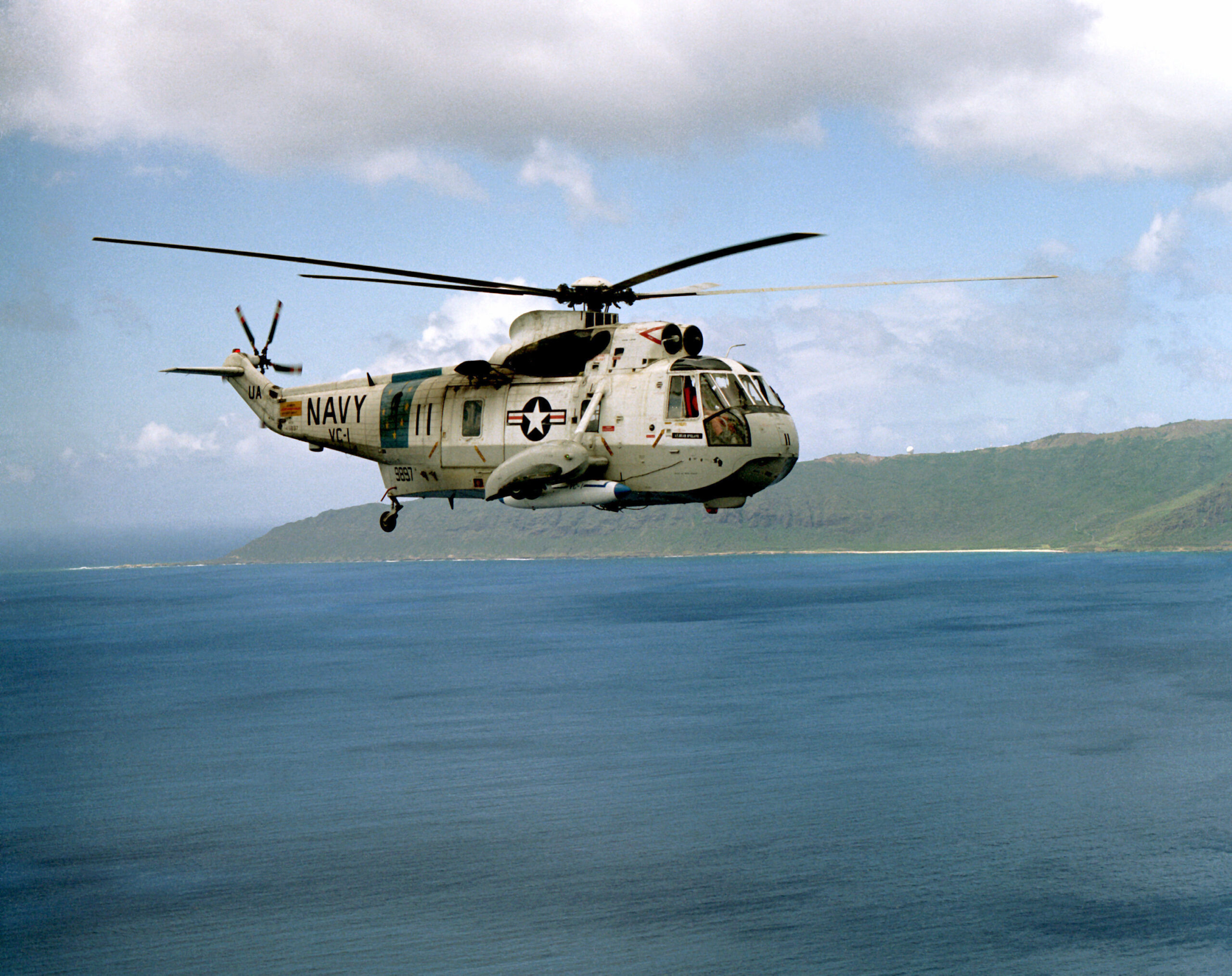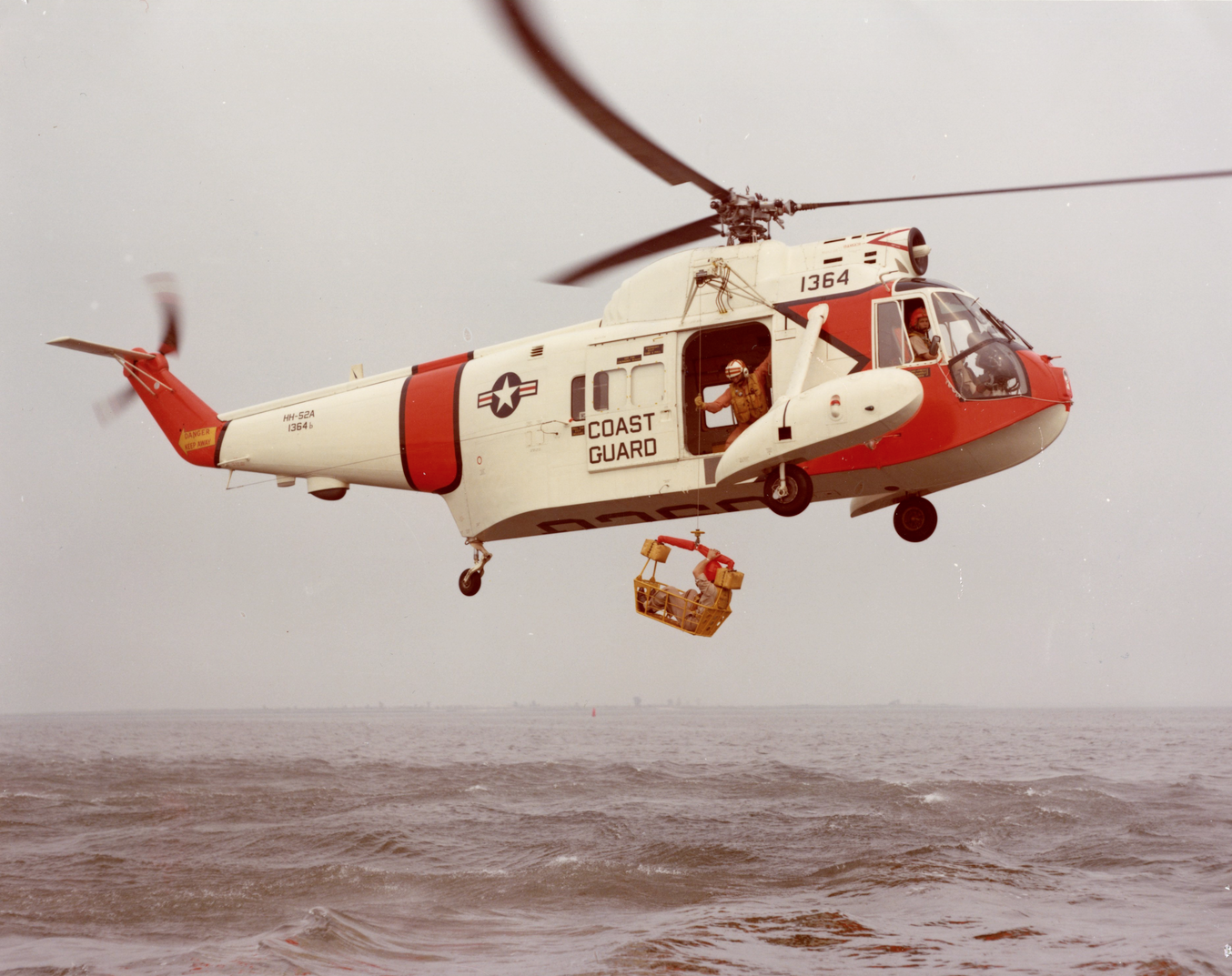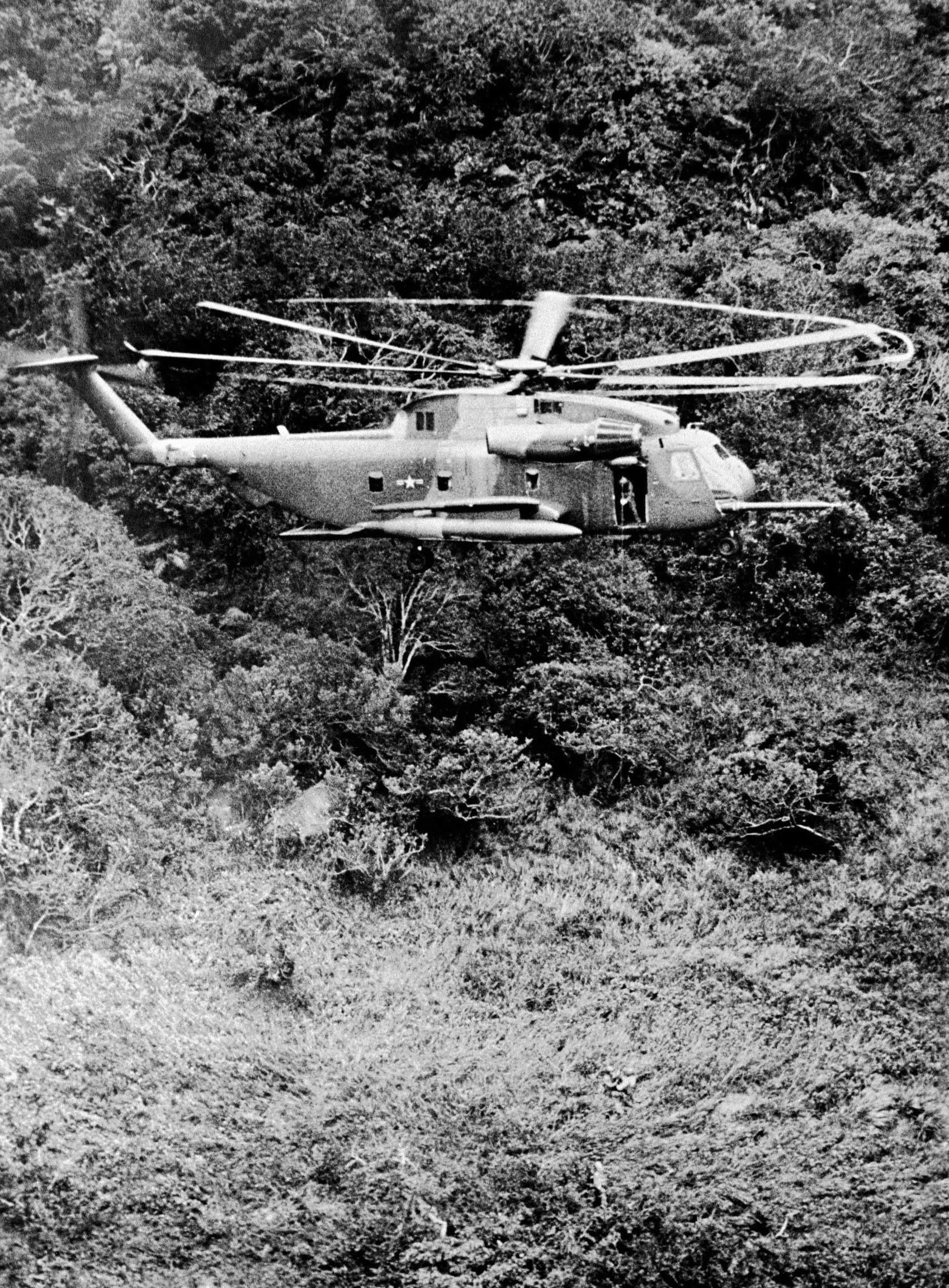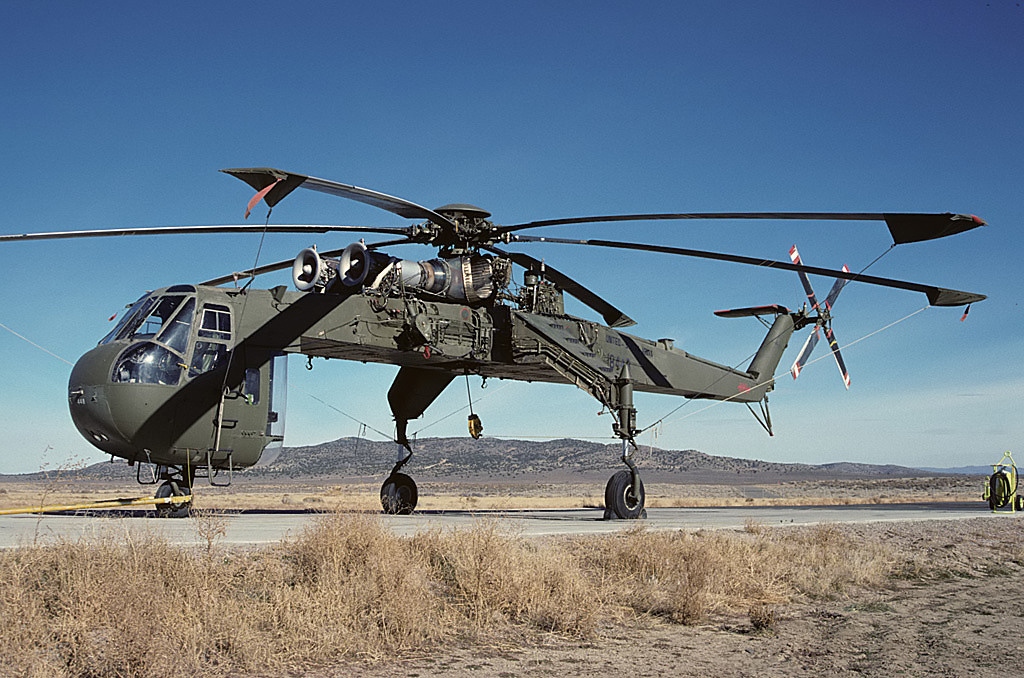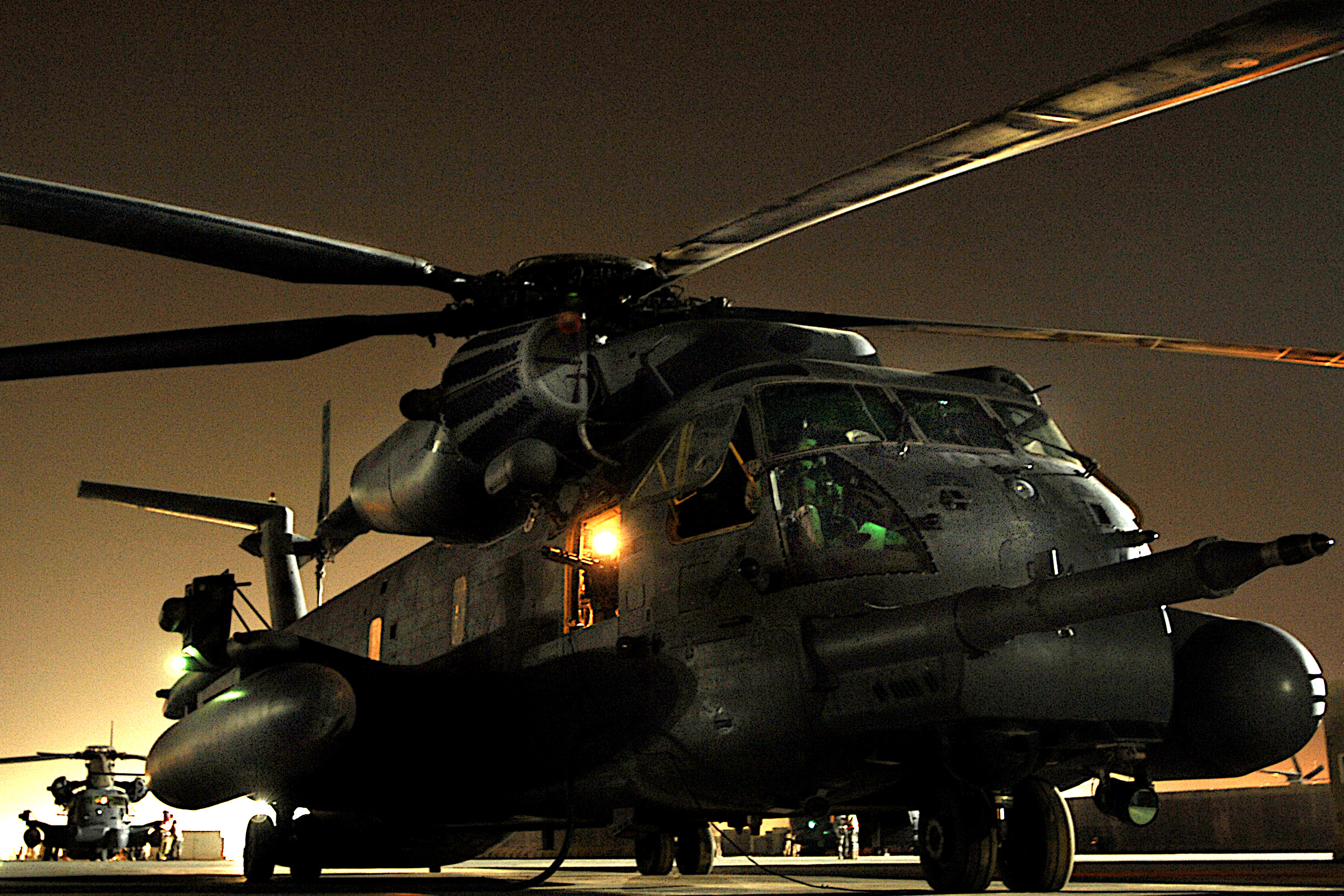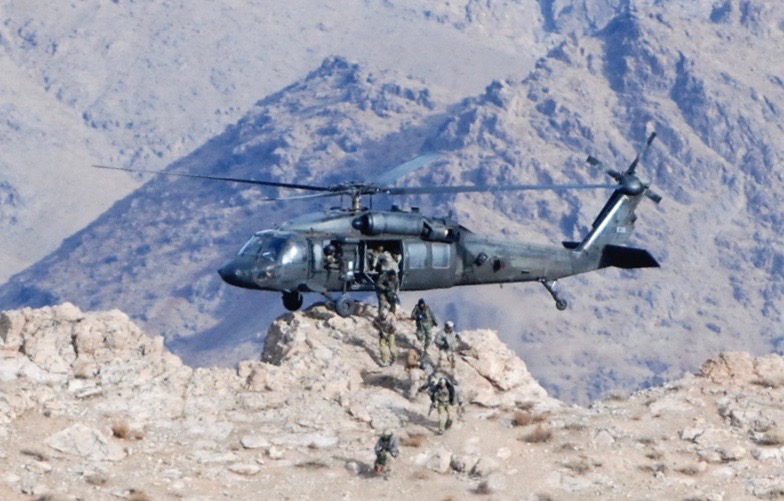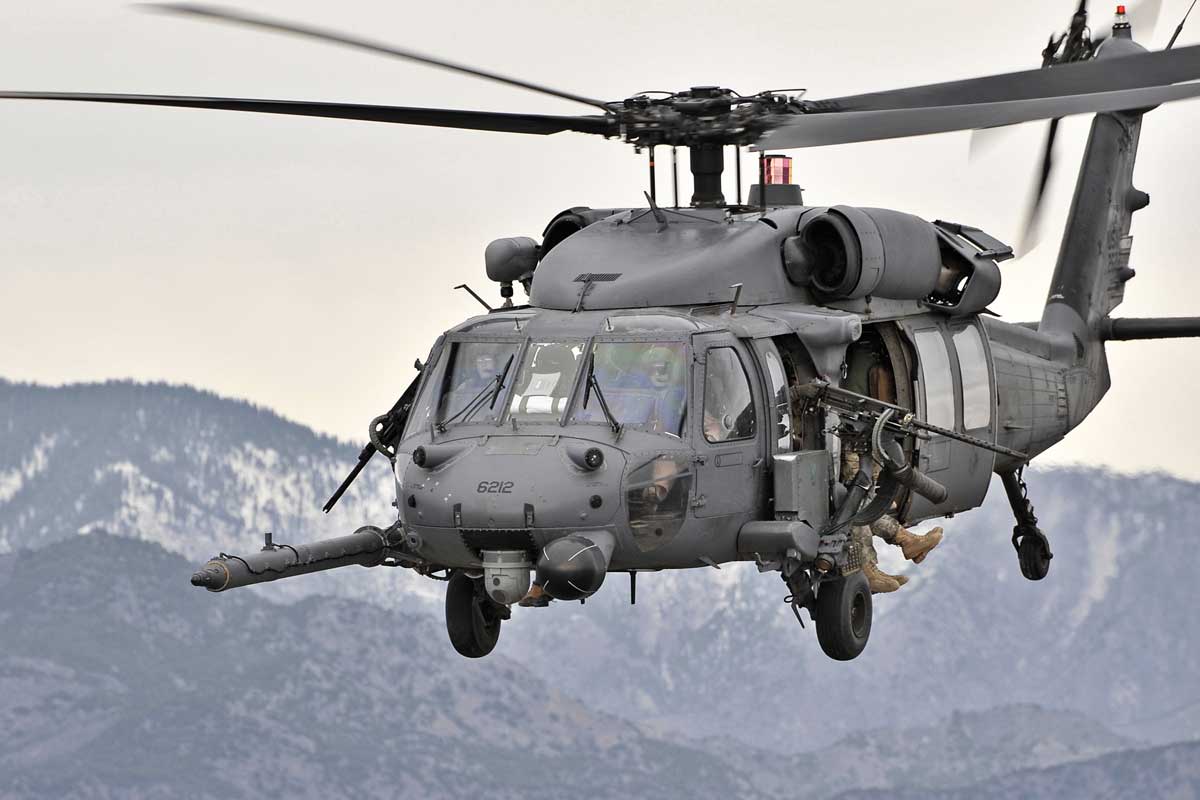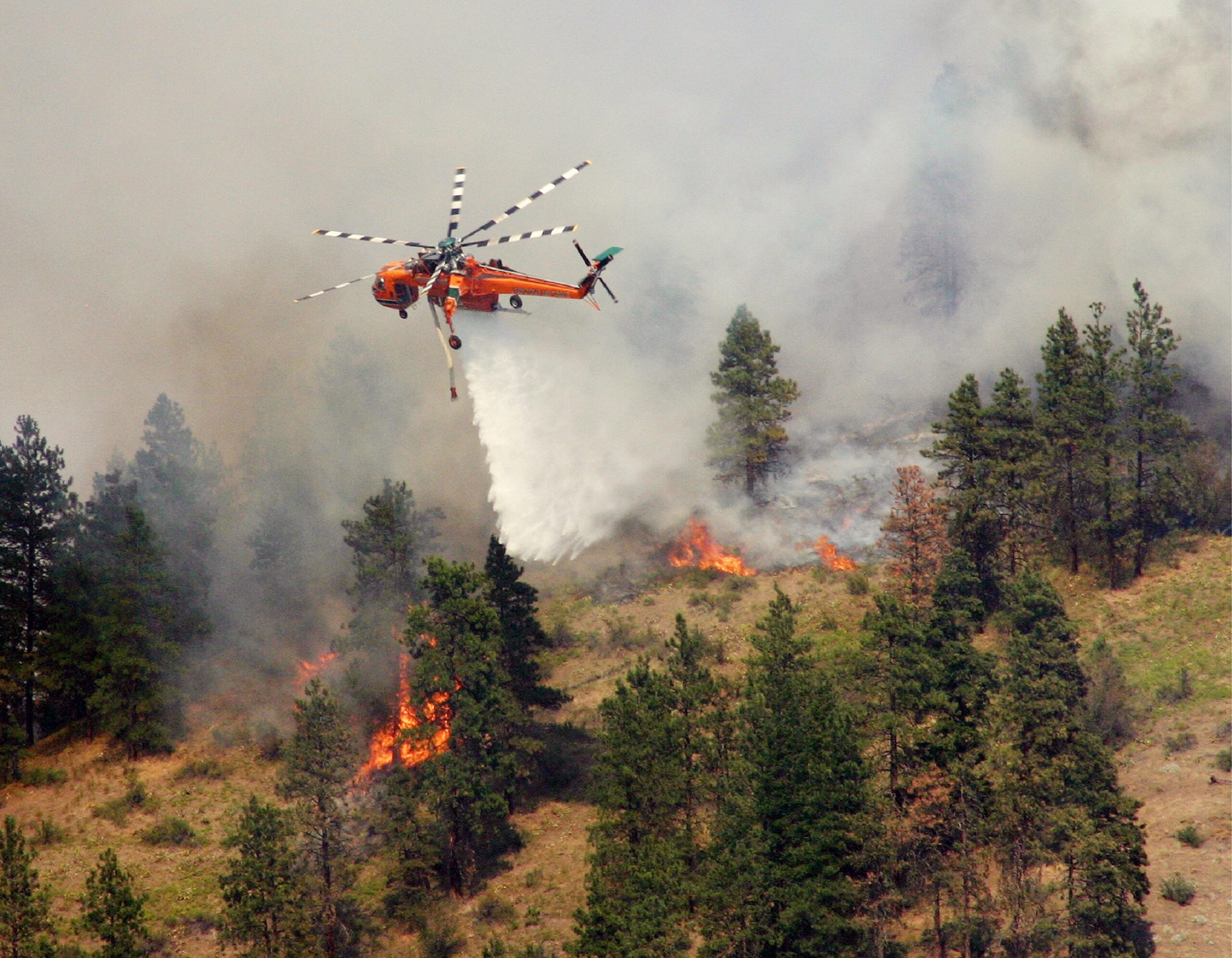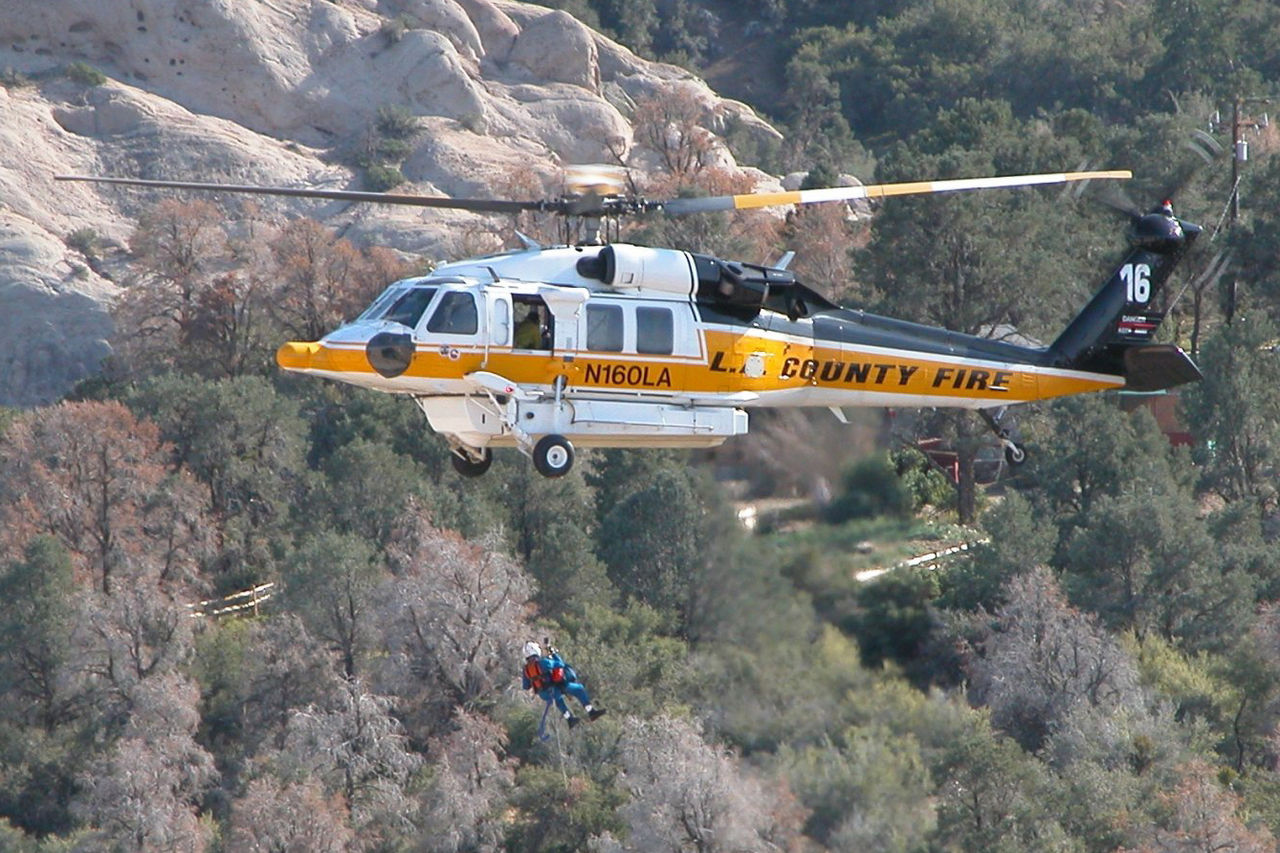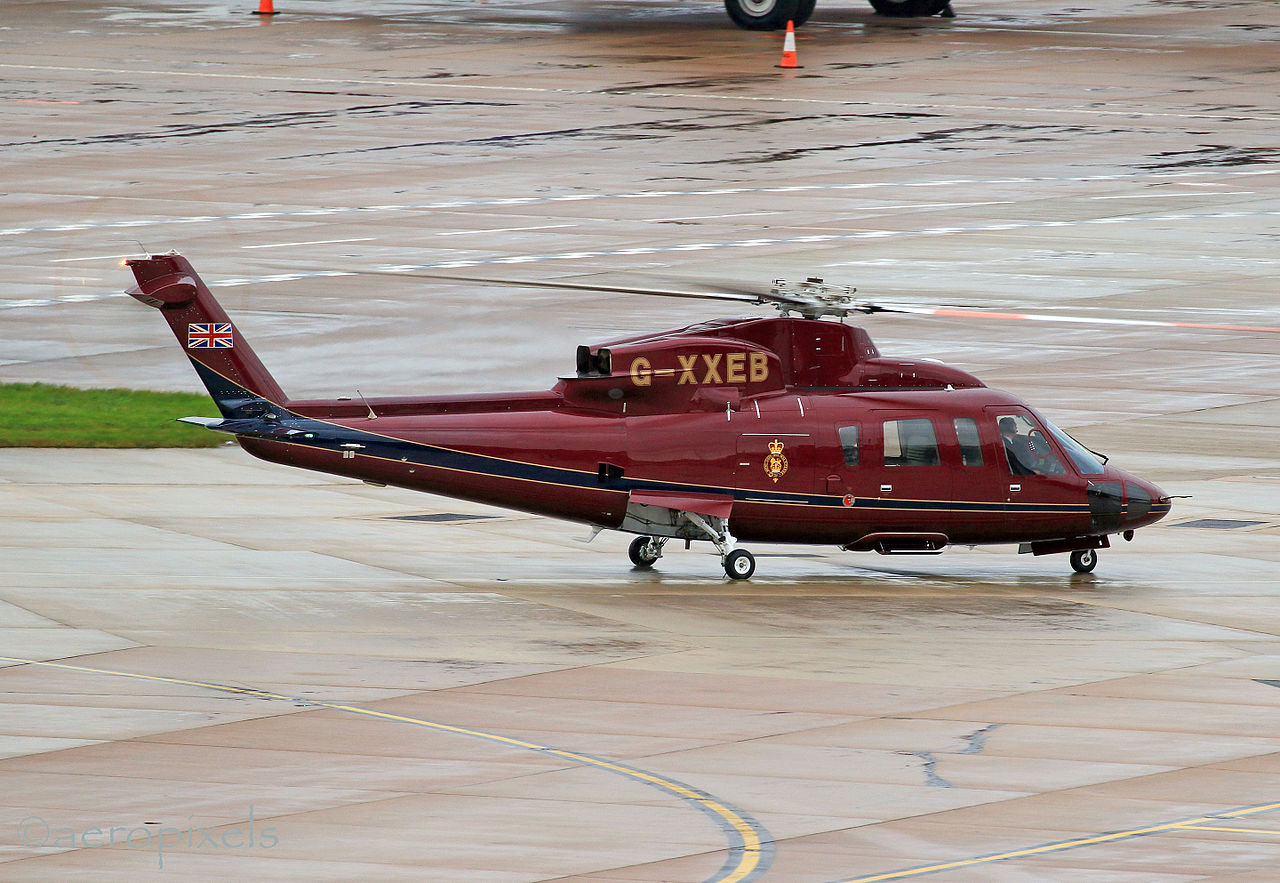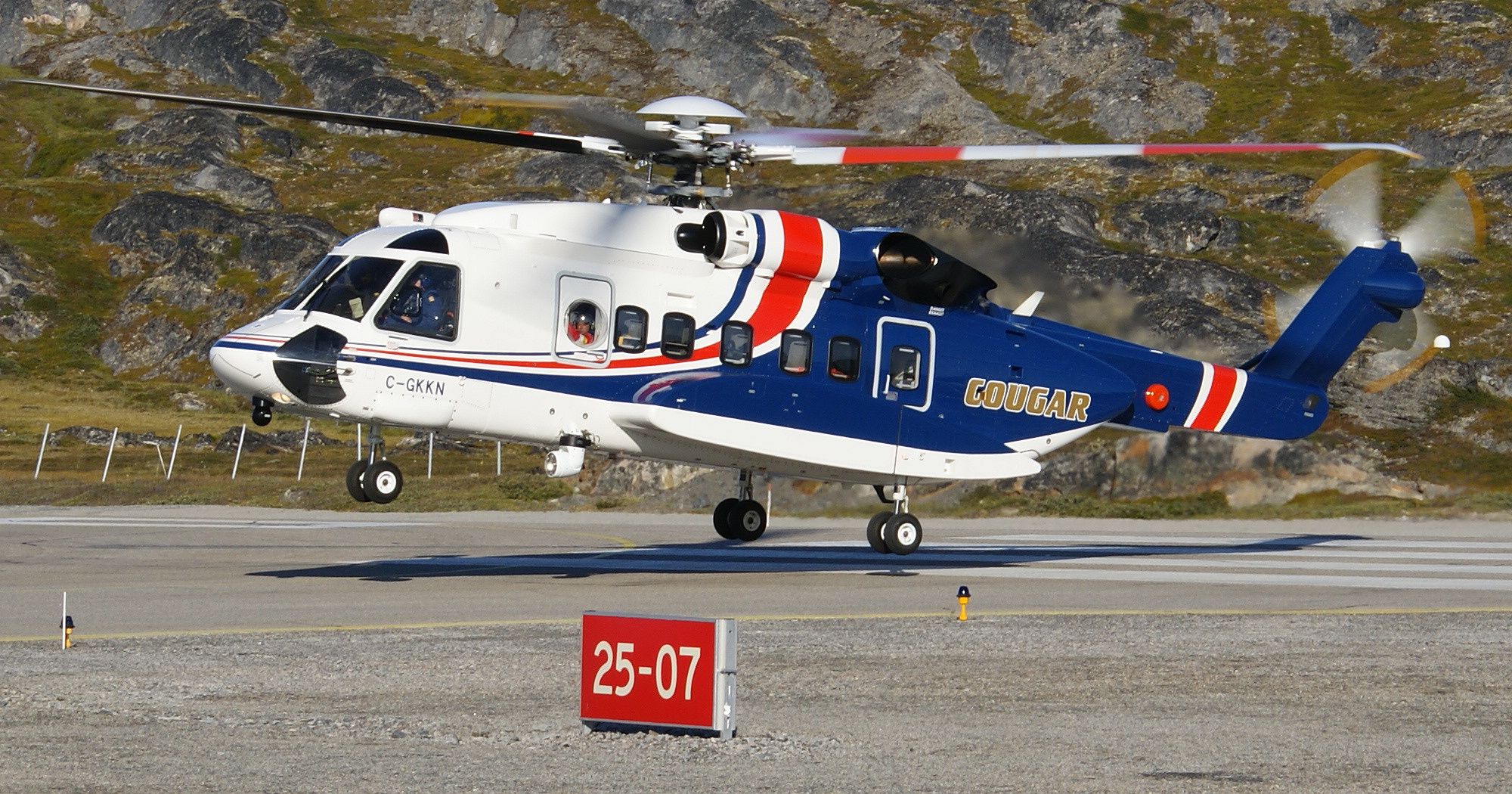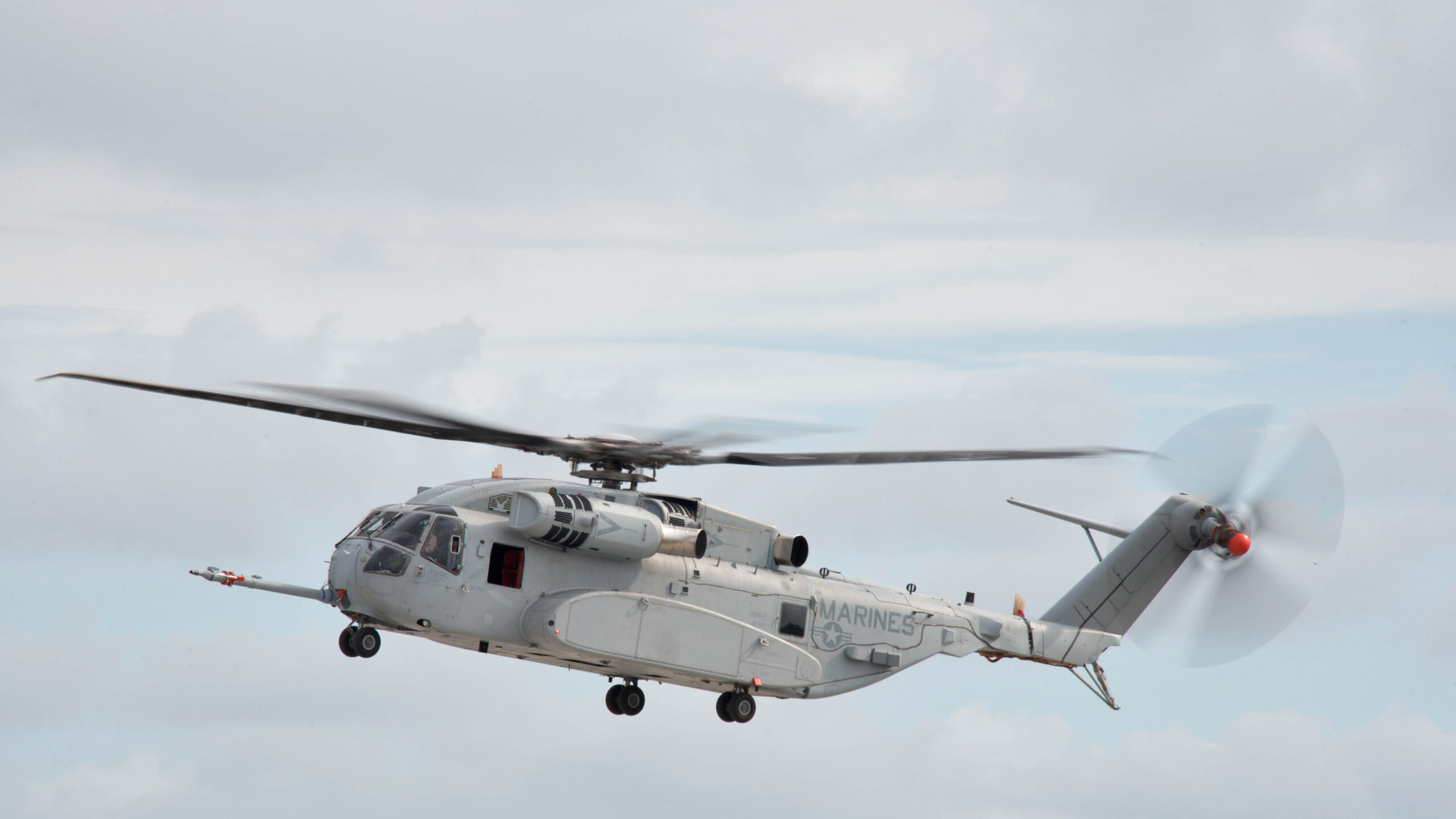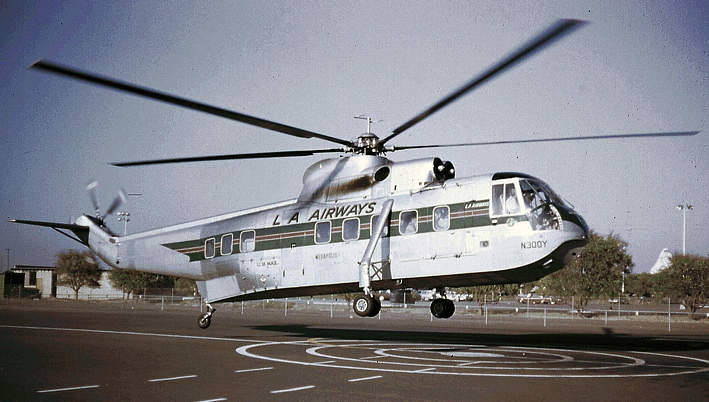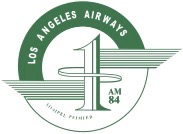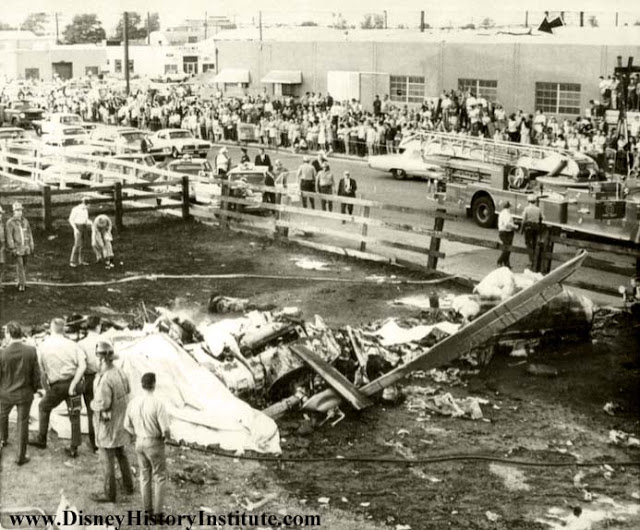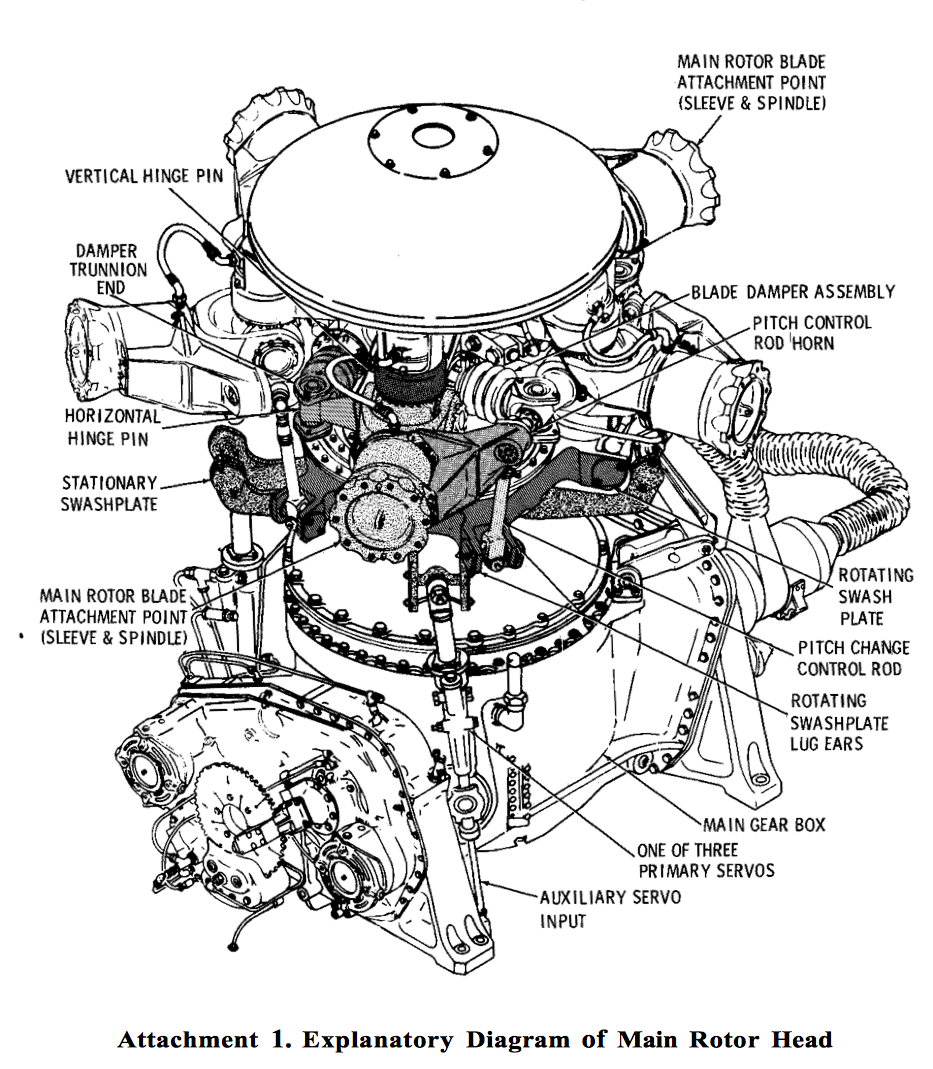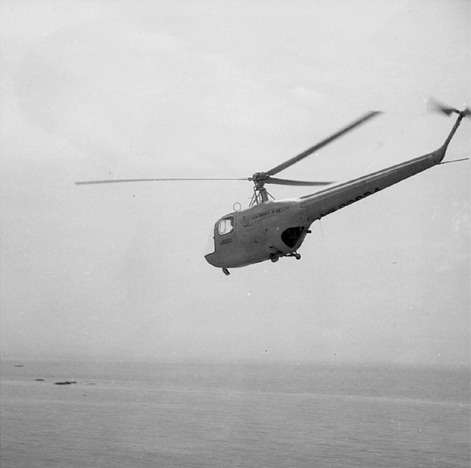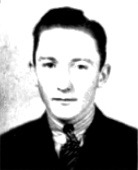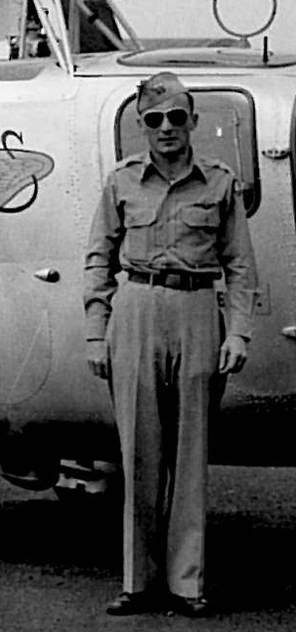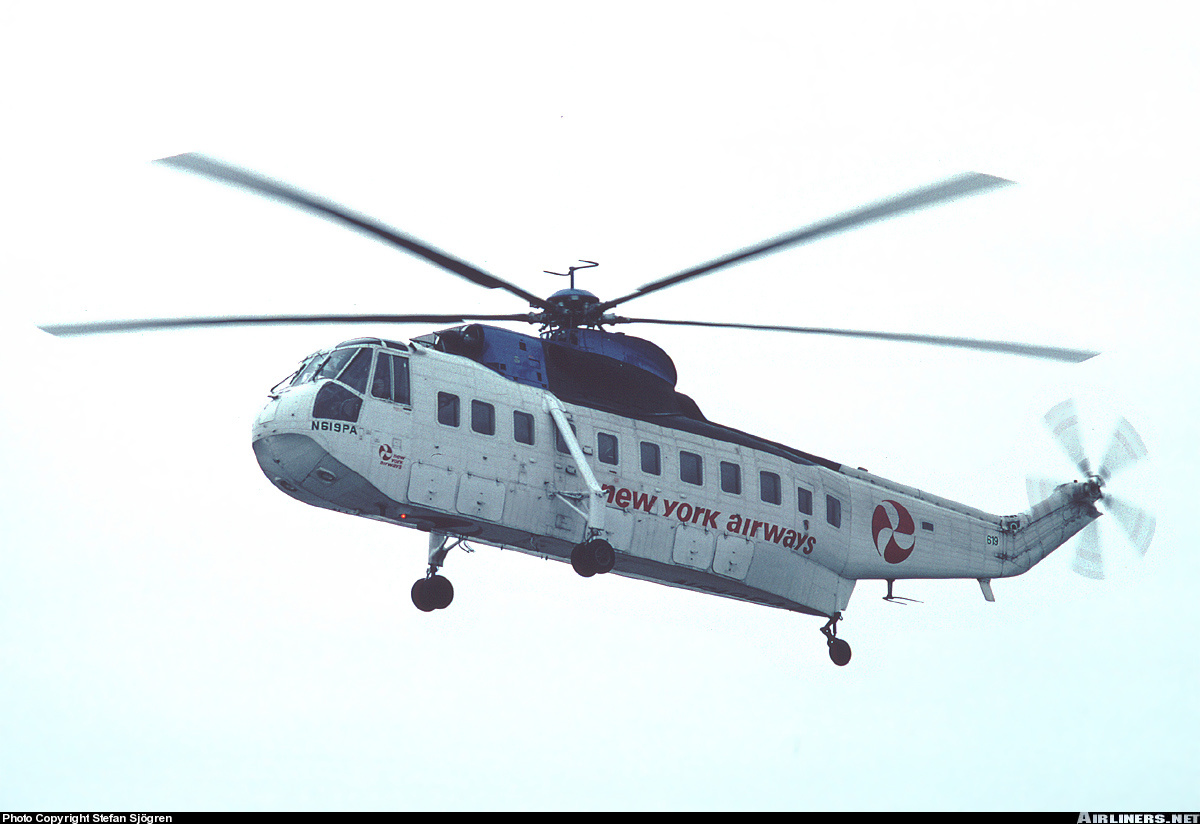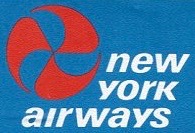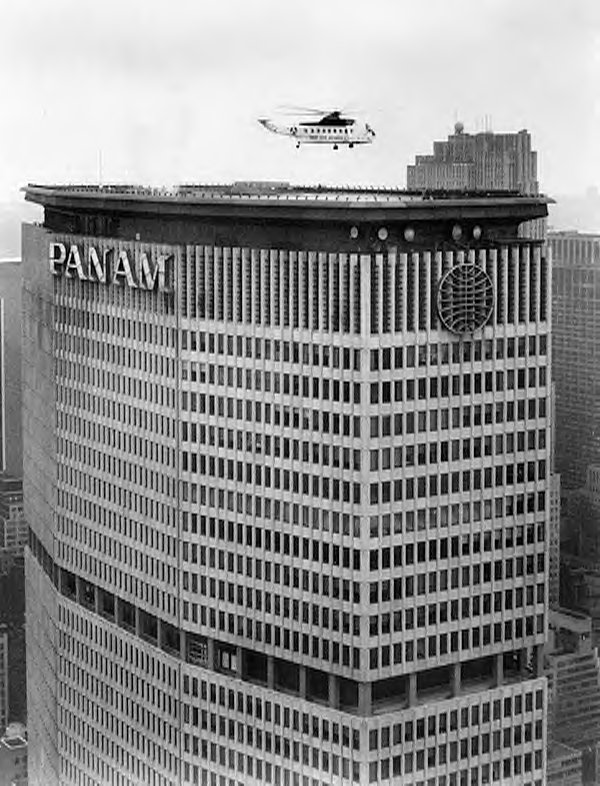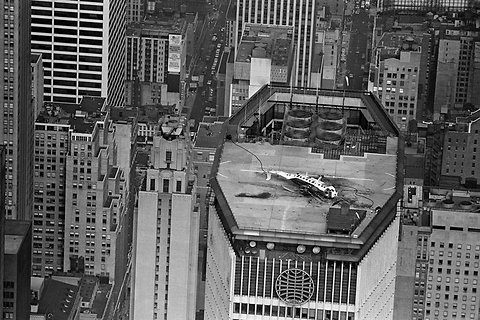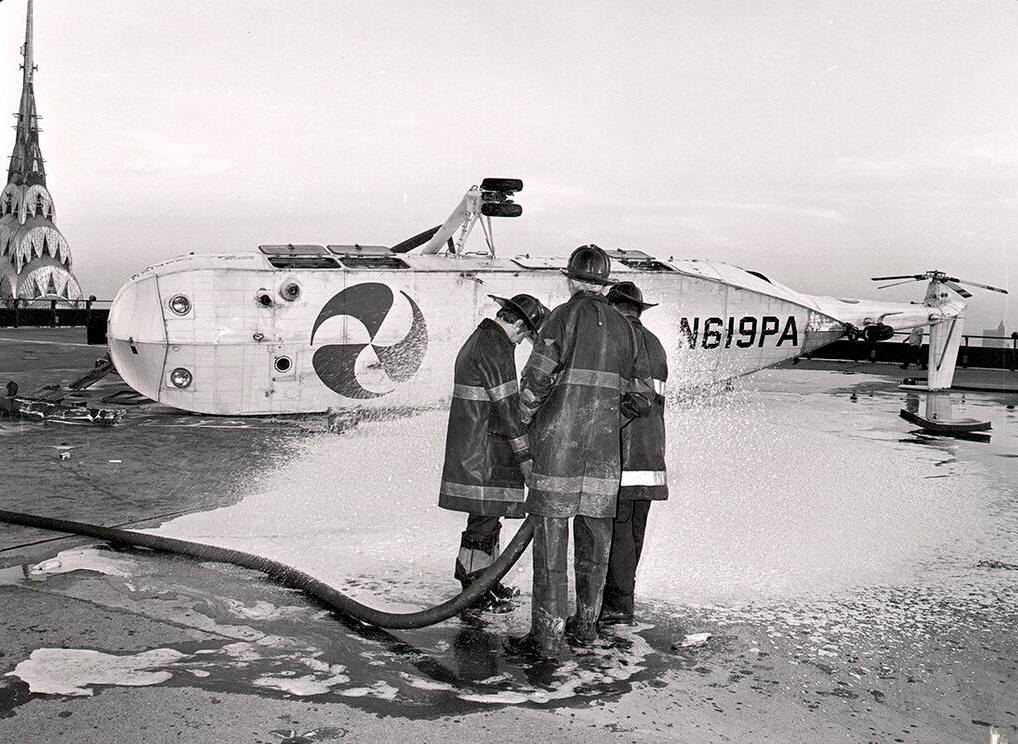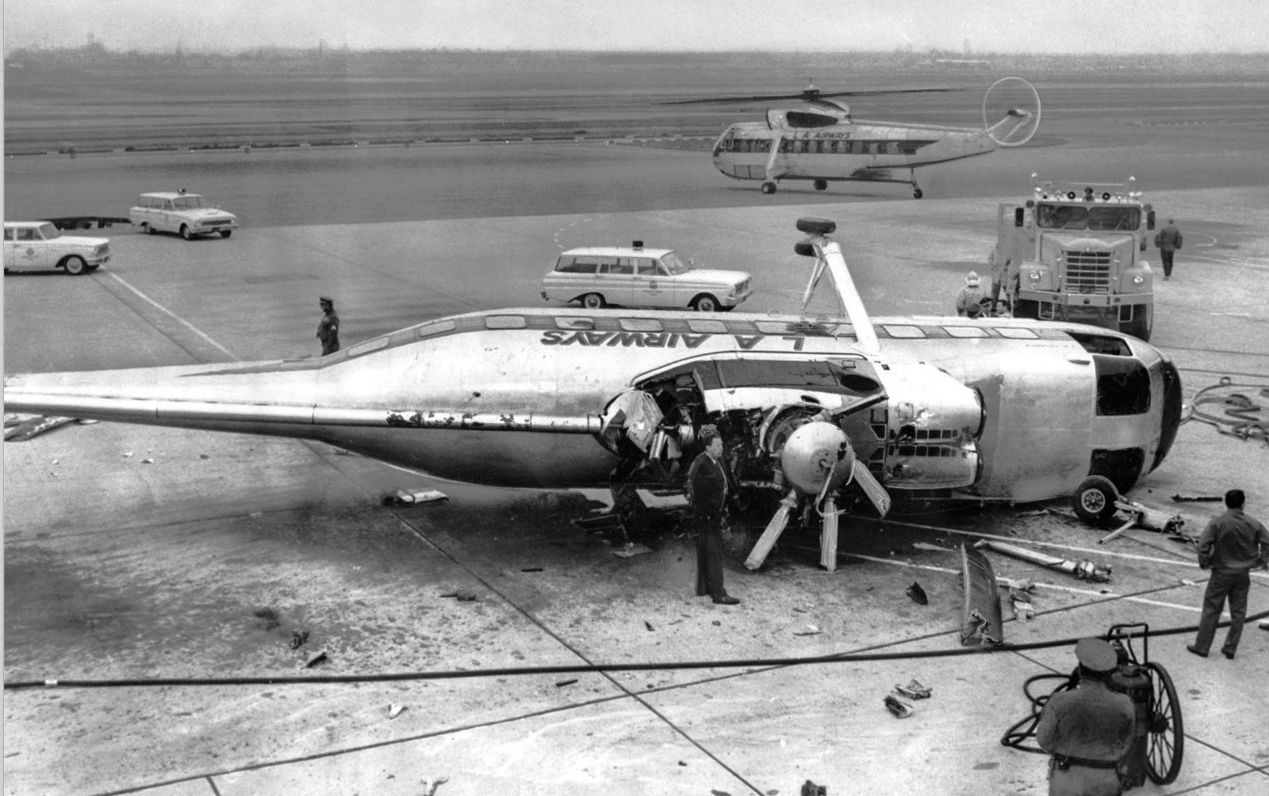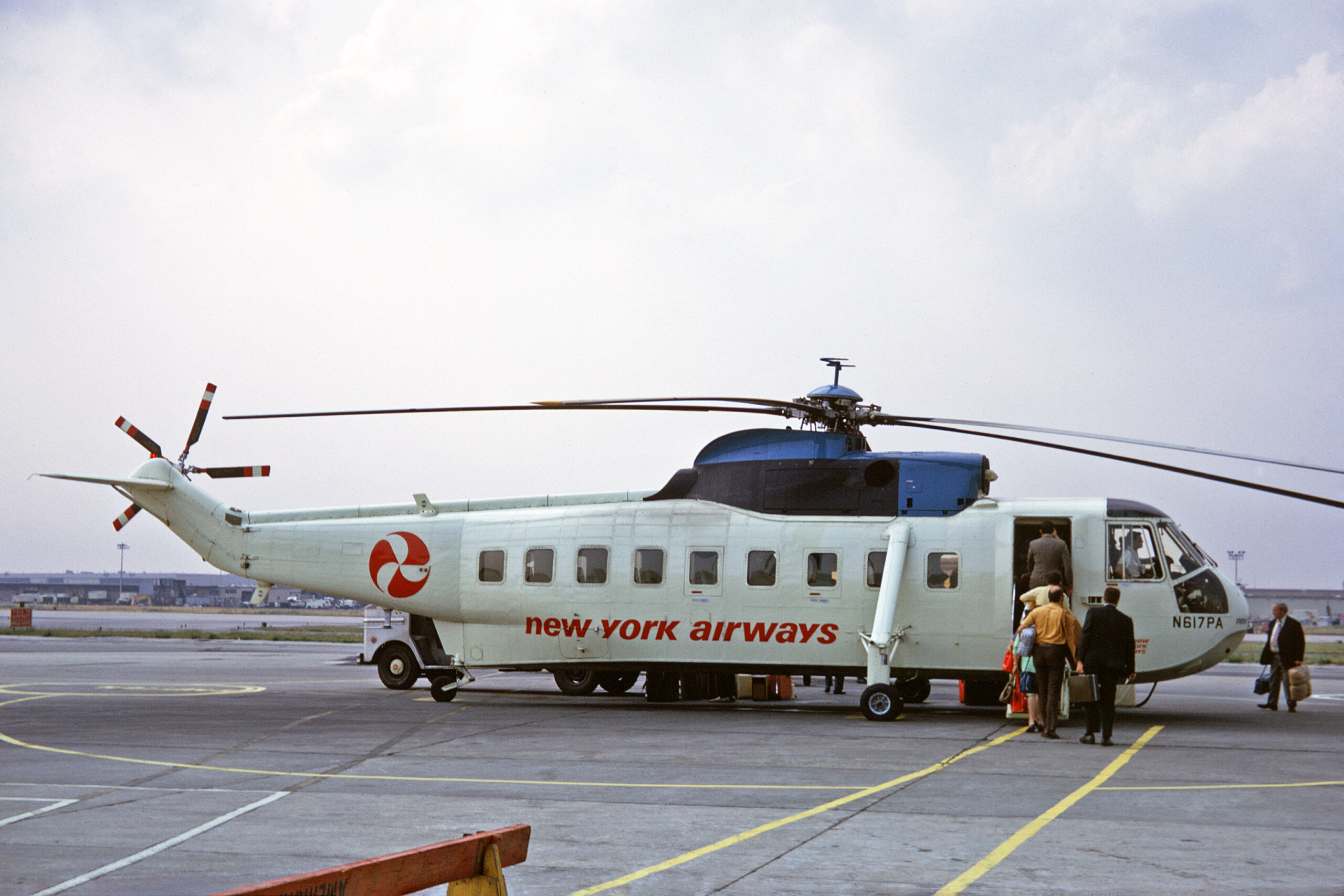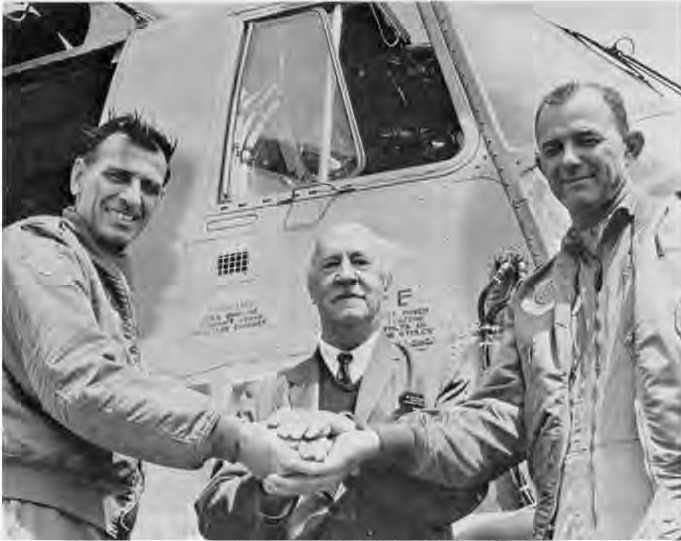
At 0105 hours, 31 May 1967, two Sikorsky HH-3E Jolly Green Giant helicopters, 66-13280 and 66-13281, from the 48th Aerospace Rescue and Recovery Squadron, United States Air Force, took off from Floyd Bennett Field, New York, and flew non-stop across the Atlantic Ocean to the Paris Air Show. They arrived at Le Bourget at 1351 hours, 1 June.
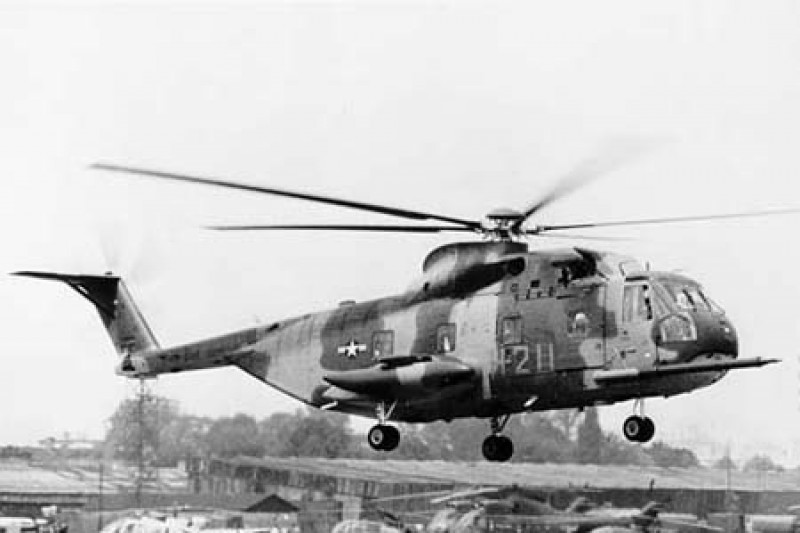
The flight covered 4,271 miles (6873.5 kilometers) and took 30 hours, 46 minutes. Nine in-flight refuelings were required from Lockheed HC-130P Combat King tankers. The aircraft commanders were Major Herbert Zehnder and Major Donald B. Murras. Each helicopter had a crew of five.
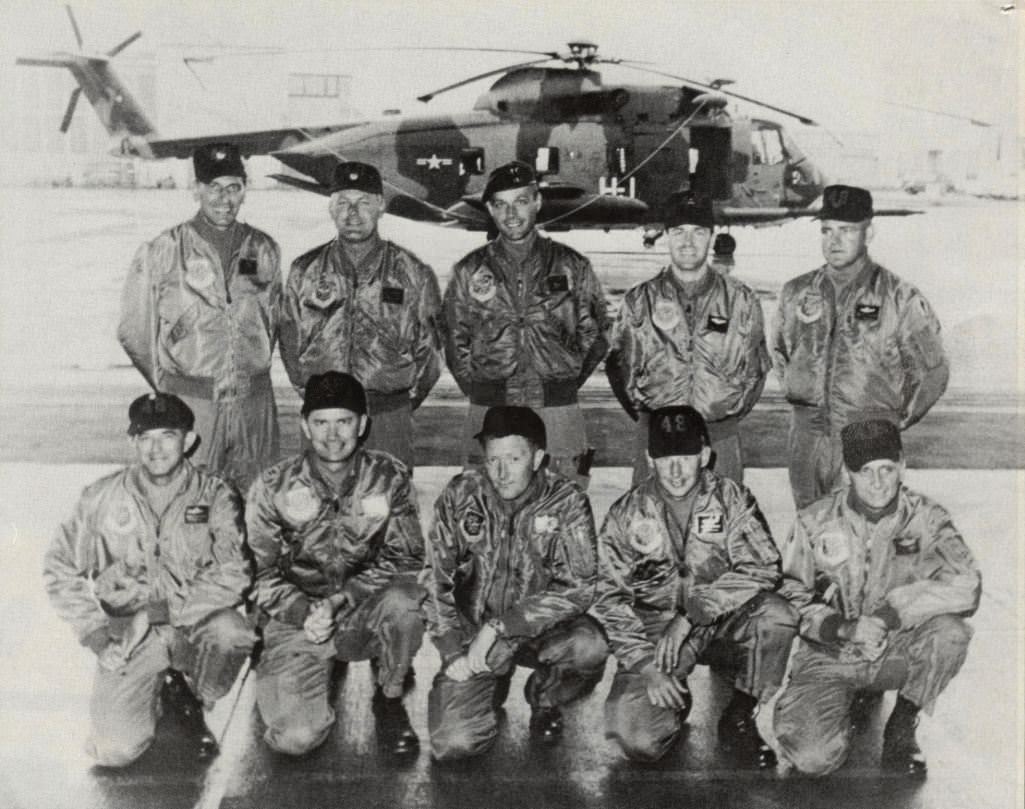
Major Zehnder, in H-211, set a Fédération Aéronautique Internationale (FAI) World Record for Speed Over a Recognized Course for helicopters, with an average speed of 189.95 kilometers per hour (118.03 miles per hour). This record still stands.¹
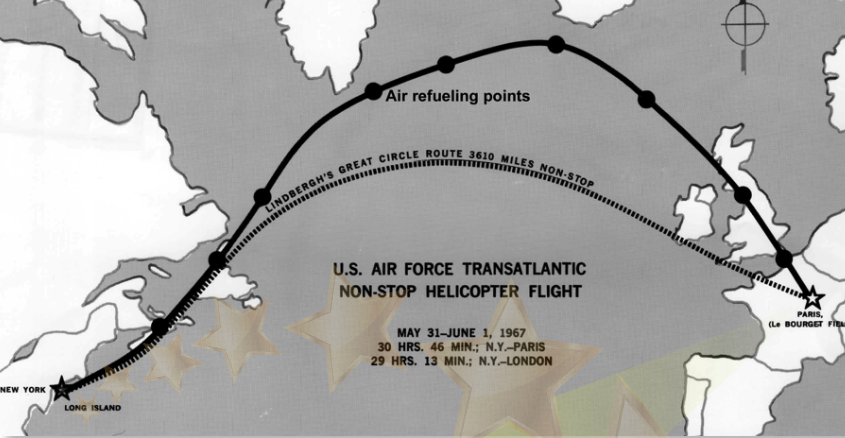
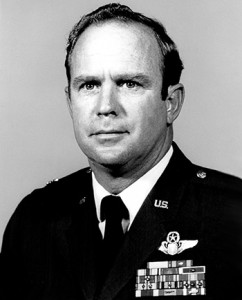
Both Jolly Green Giants, serial numbers 66-13280 and 66-13281, were later assigned to the 37th Air Rescue and Recovery Squadron. Both were lost in combat during the Vietnam War.
66-13280, “Jolly Green 27” crashed at Kontum, Republic of South Vietnam, 15 April 1970. The pilot, Captain Travis H. Scott, Jr., was killed, and flight engineer Gerald E. Hartzel later died of wounds. The co-pilot, Major Travis Wofford, was awarded the Air Force Cross and the Cheney Medal for his rescue of the crewmembers from the burning helicopter. Captain Scott was posthumously awarded the Air Force Cross.
66-13281, “Jolly Green 28,” was shot down over Laos, 24 October 1969. The crew was rescued and the helicopter destroyed to prevent capture. The pararescueman, Technical Sergeant Donald G. Smith, was awarded the Air Force Cross for the rescue of the pilot of “Misty 11.” He was also awarded the Airman’s Medal.
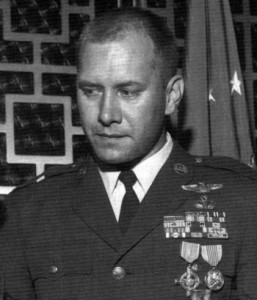
Major Herbert Zehnder flew another Sikorsky HH-3E, 65-12785, to intentionally crash land inside the Sơn Tây Prison Camp, 23 miles (37 kilometers) west of Hanoi, North Vietnam. He was awarded the Silver Star.
The SH-3A Sea King (Sikorsky S-61) first flew 11 March 1959, designed as an anti-submarine helicopter for the U.S. Navy. The prototype was designated XHSS-2 Sea King. In 1962, the HSS-2 was redesignated SH-3A Sea King. Many early production aircraft were upgraded through SH-3D, SH-3G, etc. In addition to the original ASW role, the Sea Kings have been widely used for Combat Search and Rescue operations. Marine One, the call sign for the helicopters assigned to the President of the United States, are VH-3D Sea Kings.
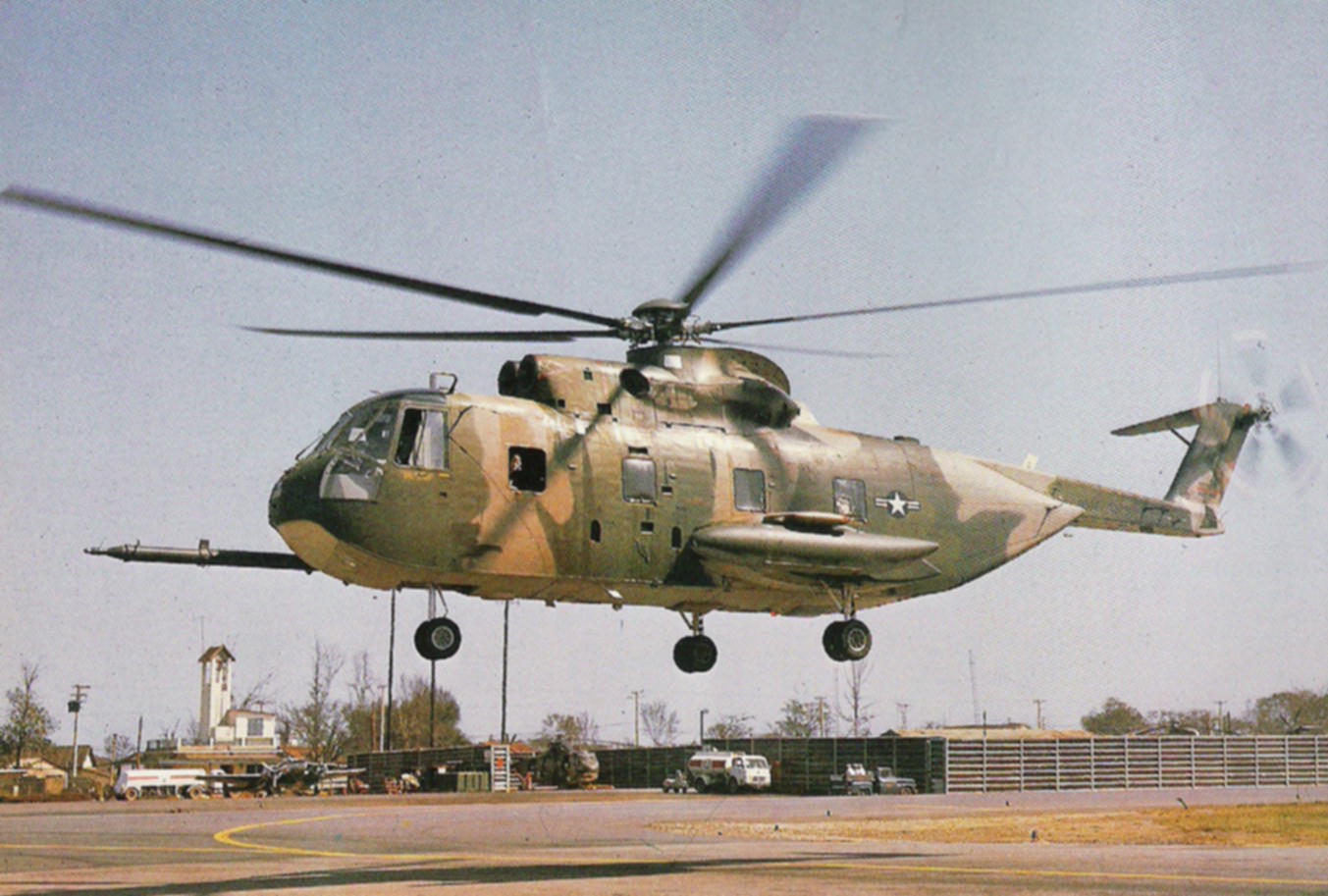

The HH-3E is 72 feet, 7 inches (22.123 meters) long and 18 feet, 10 inches (5.740 meters) high with all rotors turning. The main rotor has five blades and a diameter of 62 feet (18.898 meters). Each blade has a chord of 1 foot, 6.25 inches (0.464 meters). The main rotor turns at 203 r.p.m., counter-clockwise, as seen from above. (The advancing blade is on the right.) The tail rotor also has five blades and has a diameter of 10 feet, 4 inches (3.150 meters). The blades have a chord of 7–11/32 inches (0.187 meters). The tail rotor turns clockwise as seen from the helicopter’s left. (The advancing blade is below the axis of rotation.) The tail rotor turns 1,244 r.p.m.
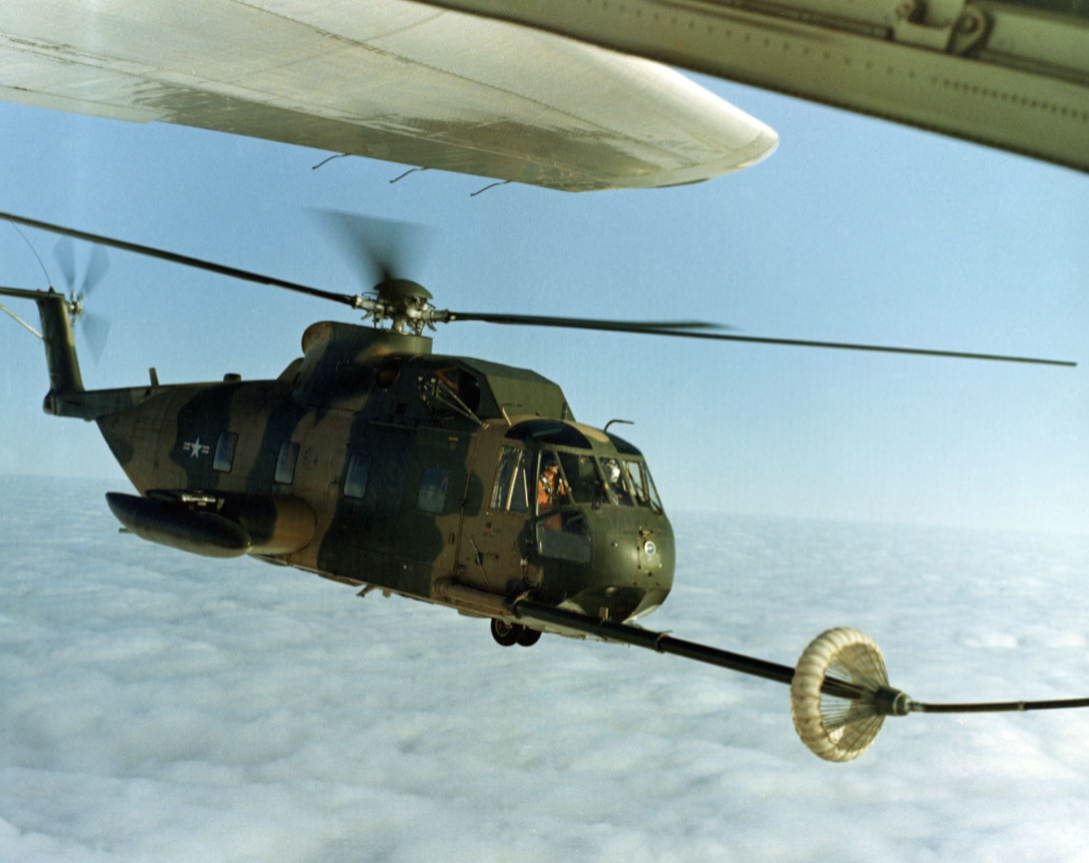
The HH-3E has an empty weight of 13,341 pounds (6,051 kilograms). The maximum gross weight is 22,050 pounds (10,002 kilograms).
The Jolly Green Giant is powered by two General Electric T58-GE-5 turboshaft engines, which have a Maximum Continuous Power rating of 1,400 shaft horsepower, each, and Military Power rating of 1,500 shaft horsepower. The main transmission is rated for 2,500 horsepower, maximum.
The HH-3E has a cruise speed of 154 miles per hour (248 kilometers per hour) at Sea Level, and a maximum speed of 177 miles per hour (285 kilometers per hour), also at Sea Level. The service ceiling is 14,000 feet (4,267 meters). The HH-3E had a maximum range of 779 miles (1,254 kilometers) with external fuel tanks.
The Jolly Green Giant can be armed with two M60 7.62 mm machine guns.
Sikorsky built 14 HH-3Es. Many CH-3Cs and CH-3Es were upgraded to the HH-3E configuration. Sikorsky built a total of 173 of the S-61R series.
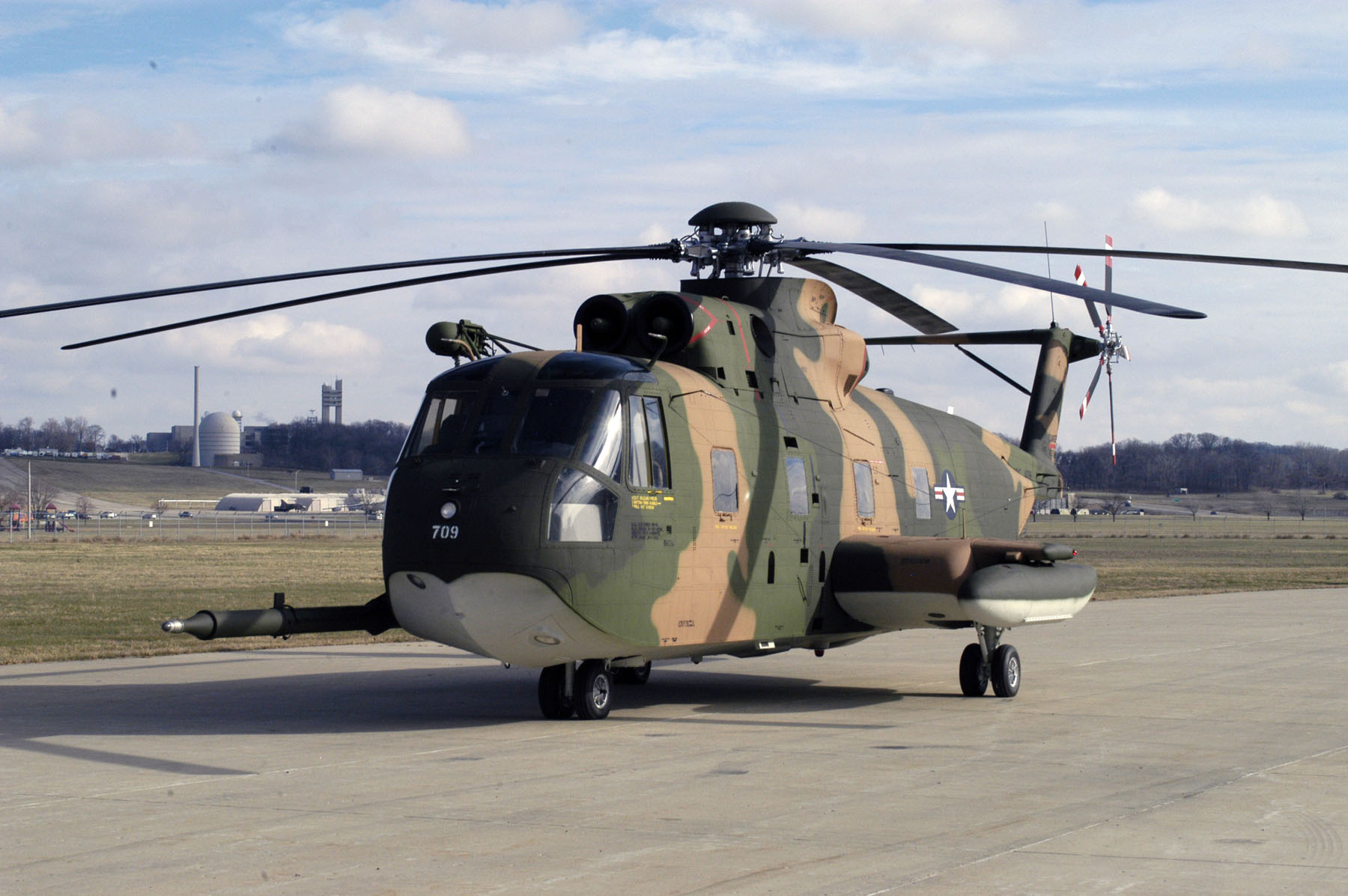
¹ FAI Record File Number 2092
© 2017, Bryan R. Swopes
